I discovered the Top Target System electronic targets thanks to one of my patrons, Emmanuel Poichotte, who has one at home and thought it would be interesting to talk about this little known French target manufacturer and add it to our list of electronic target reviews.
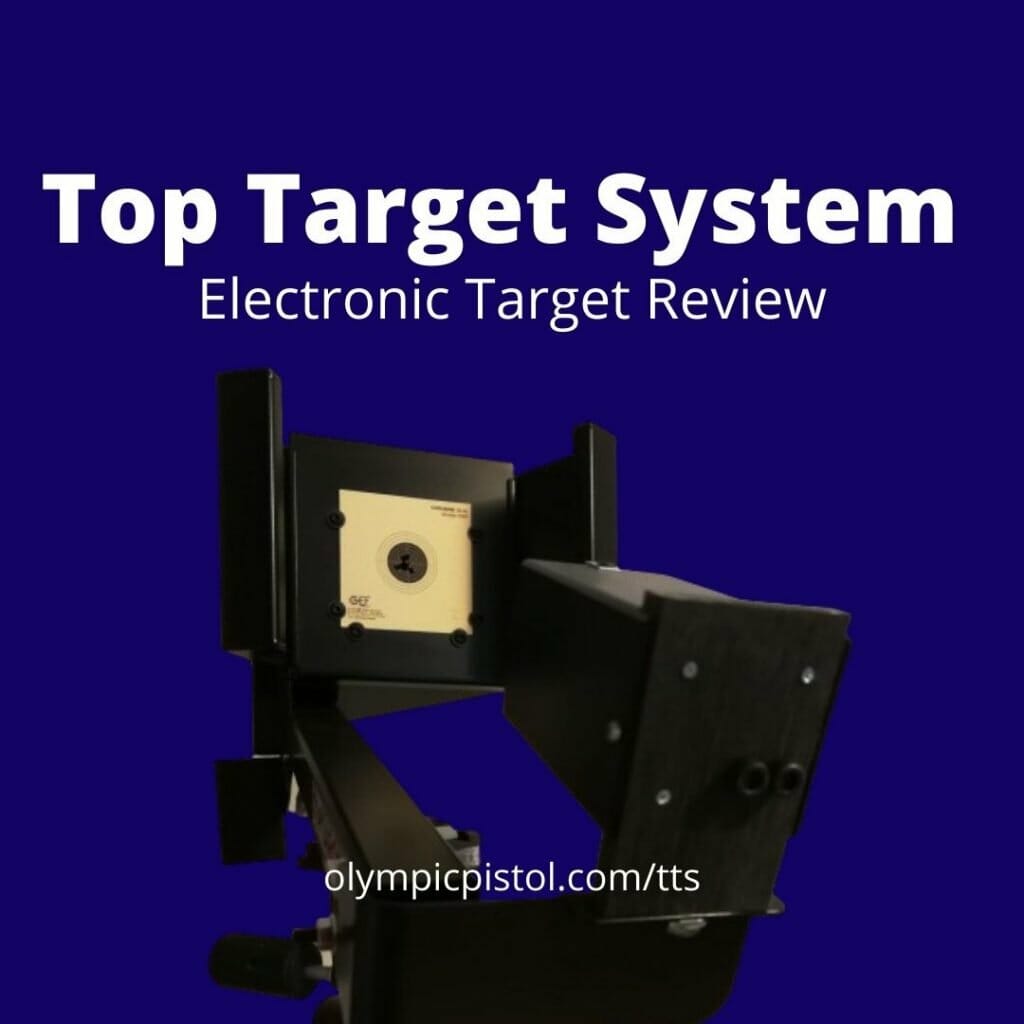
This is a great target to consider if you just want to be able to shoot and look at your results on the screen, eventually taking the images of your targets with you in a USB key if you are at the range. From the moment I saw their website these advantages popped up in my mind as things I like:
- the idea of having to use paper targets, because it is much easier on me emotionally to see the results on paper rather than on the screen where everything looks worst;
- that the home model can be mounted on a tripod, which makes it much easier to set up a home range and to move it around the house;
- that it is made to shoot at two distances, the official 10m and 5.13m to shoot pistol with rifle targets (they say 5m in their site but I used the exact distance calculated with the target calculator, which was also helpful to figure out the height to set the target to);
- and that ranges that have target carriers can keep them and add this system to have the results displayed on a screen while still having paper target results.
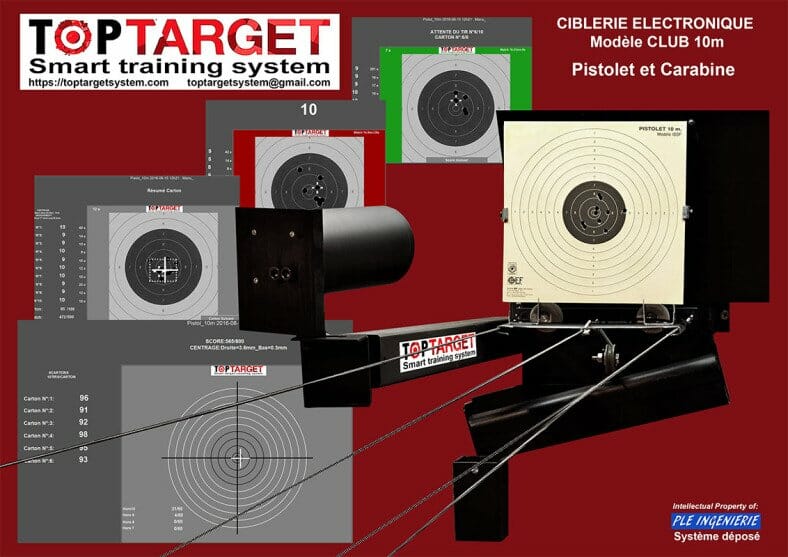
Table of Contents
Hardware
Unboxing
Top Target Systems (TTS) sent me a Stand Alone target that they had used at a fair so that I could run the tests. It was in perfect condition.
I was very impressed with the packaging of the target and about having a guide explaining how to take it out. My box came a bit battered but the packaging kept everything in perfect condition.
The target comes attached to a wooden frame that stops it from moving and protects it during transport. The camera comes in its own box, and the manuals and install DVD come in an envelope on the side, which includes a few pistol and rifle targets. The cables and electricity plug come inside the target itself. The Top Target System target even comes with a key to unpack it, in case you don’t have one at home.
This is the kind of attention to detail we wish all companies had about packaging their products.
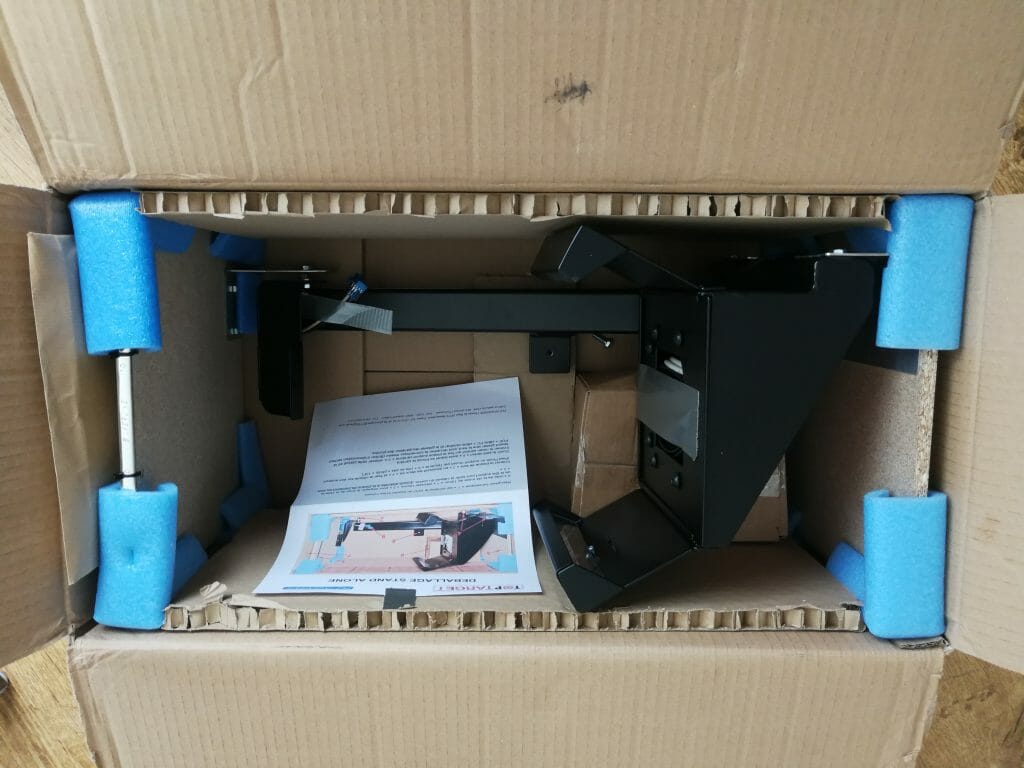
The target comes screwed to a couple boards to protect it. You can see the instructions to unbox the target right away. 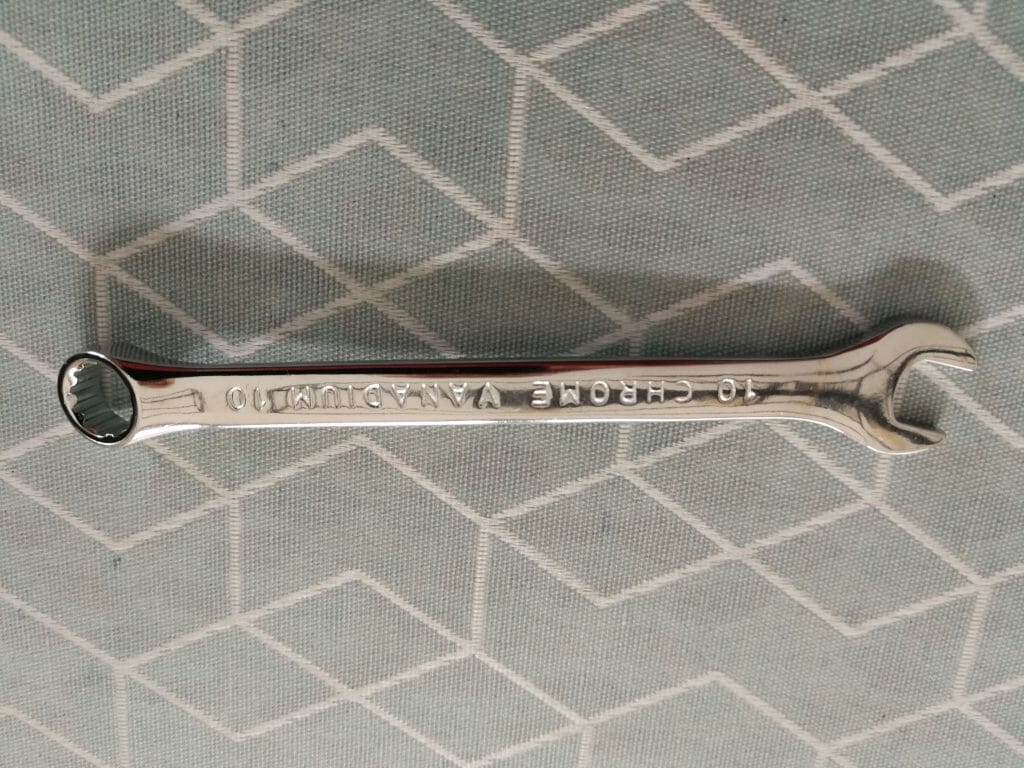
The key that comes in the box to take the target out. 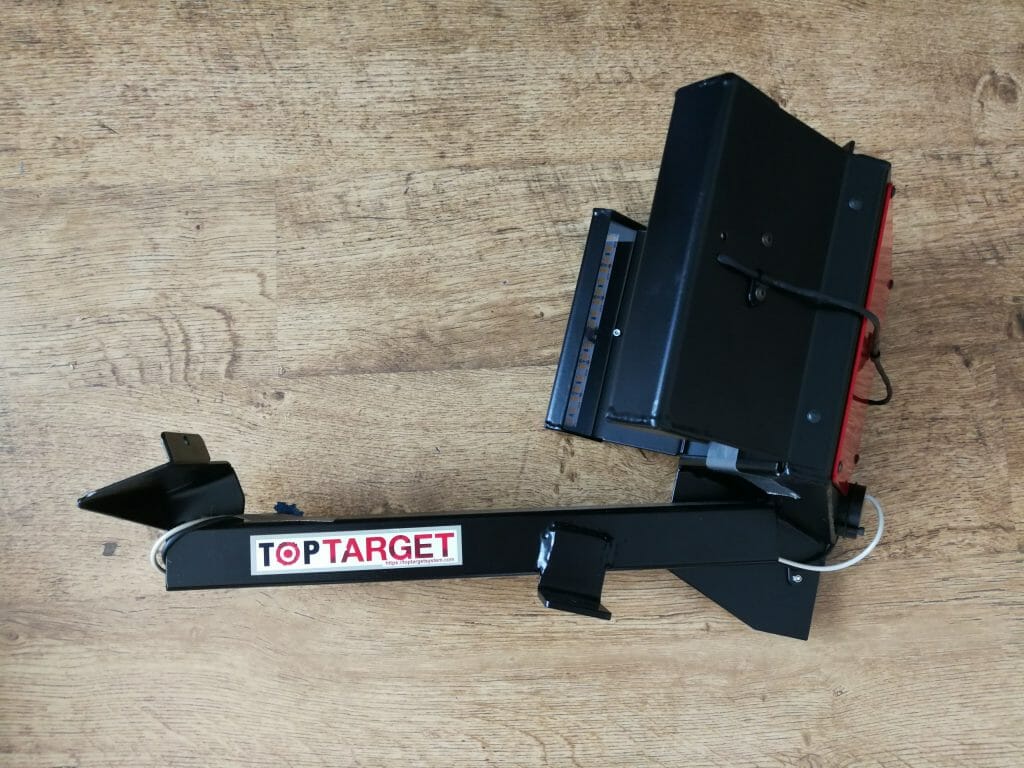
Target right out of the box. 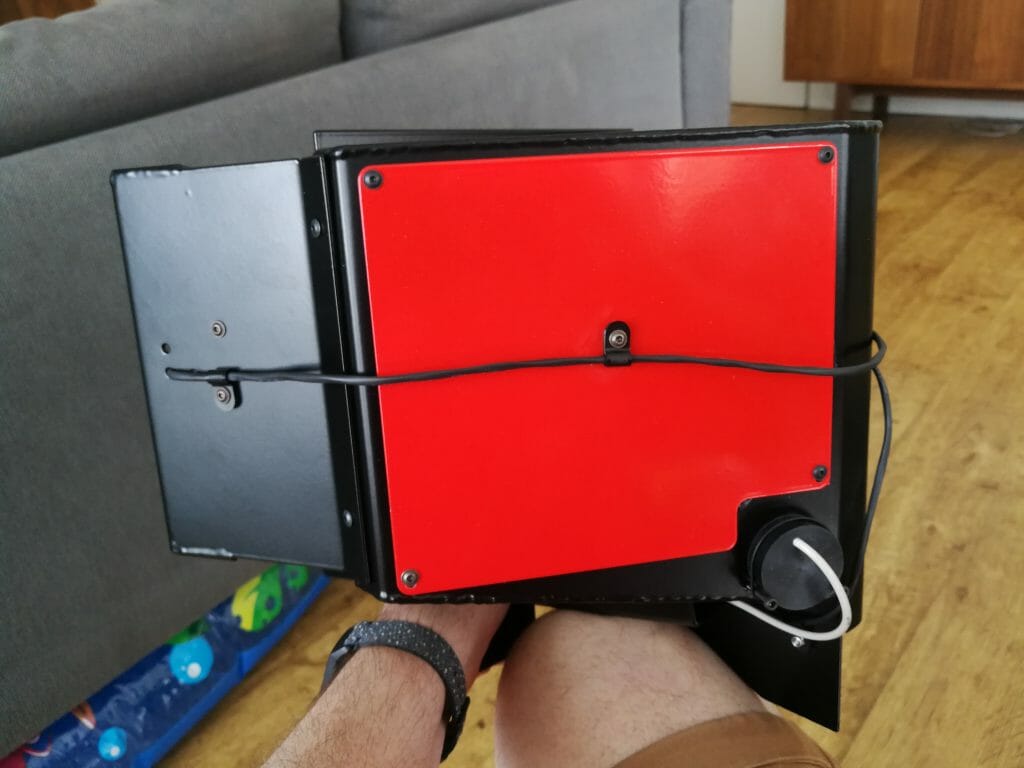
Back of the target. 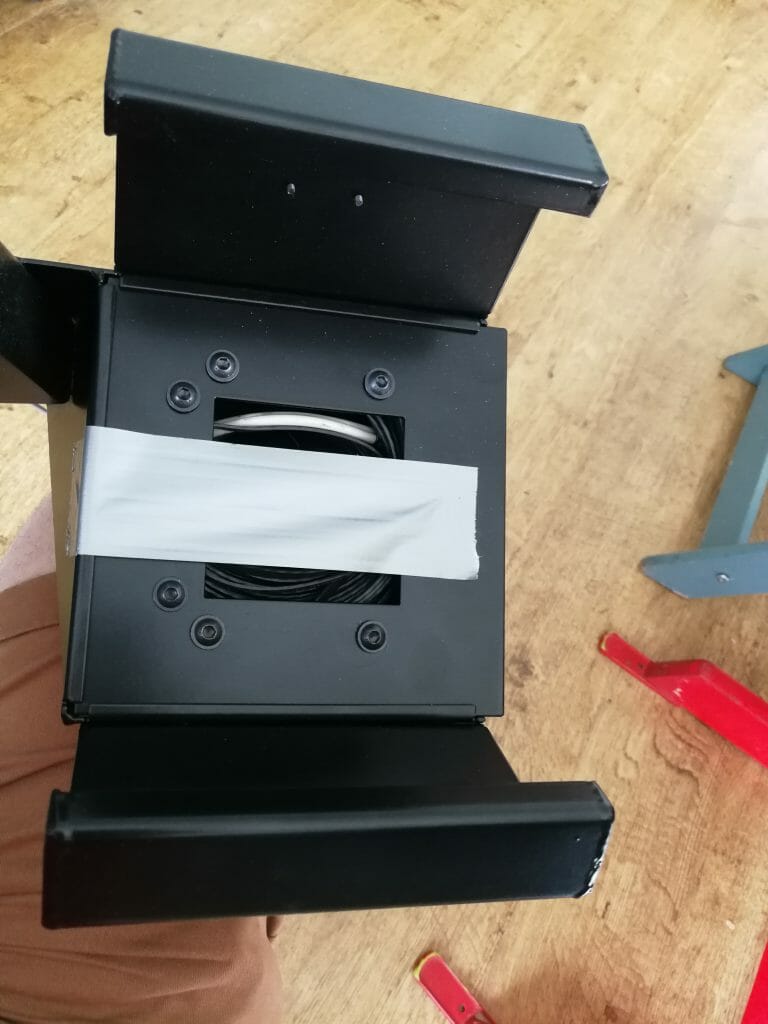
The cables are protected inside the target itself, with a bit of tape so that they will not accidentally come out. 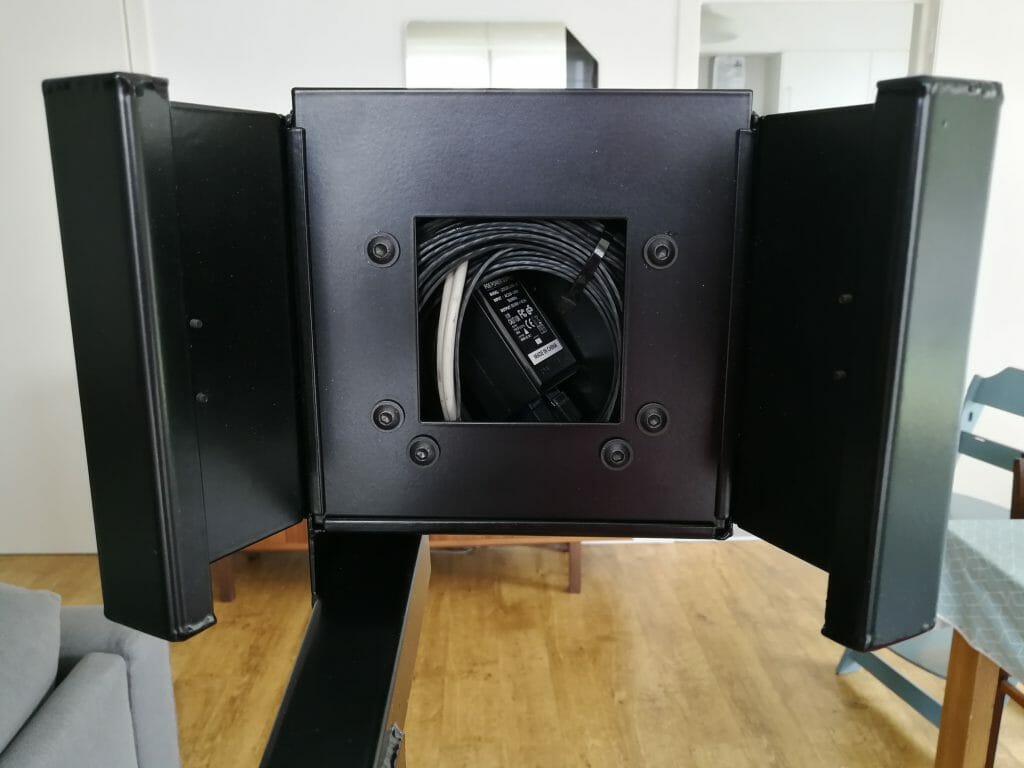
View of the cables safe inside the target. 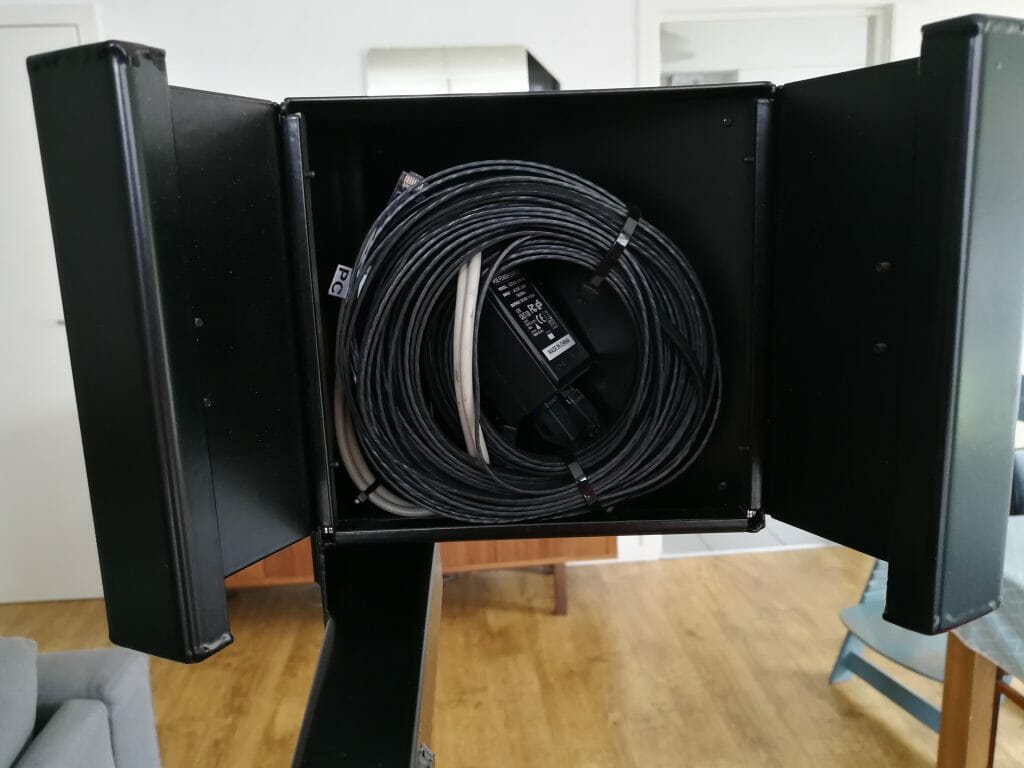
You just have to remove the rifle target adapter to access them. 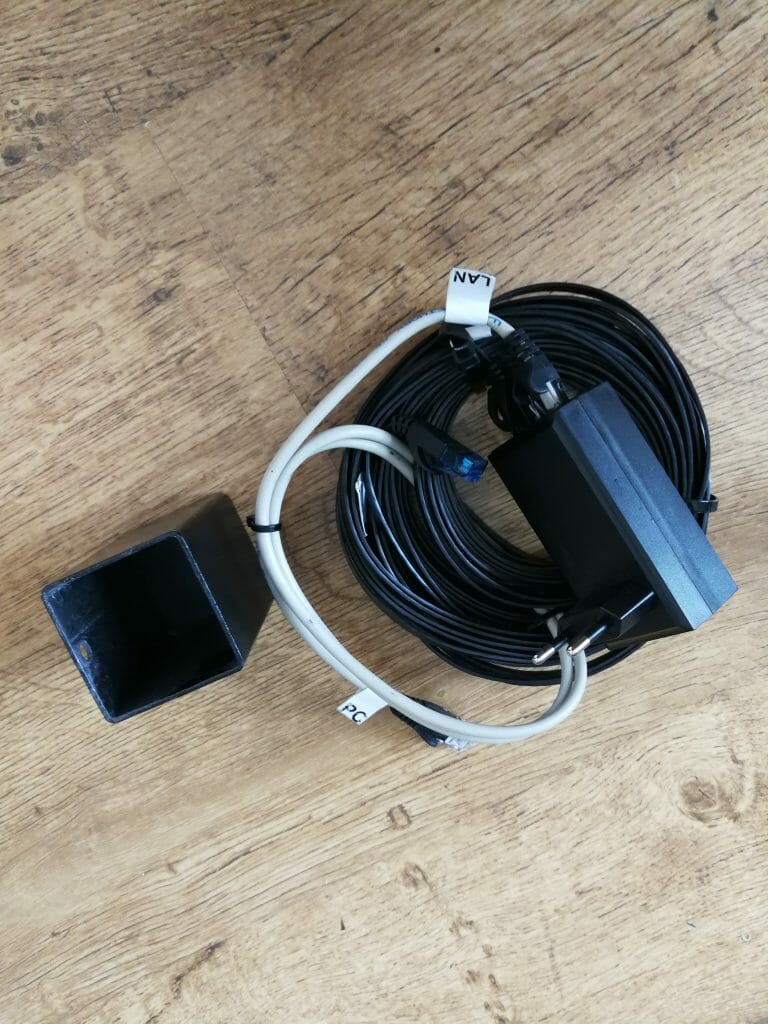
Spent pellet box, power supply, computer and target cables. 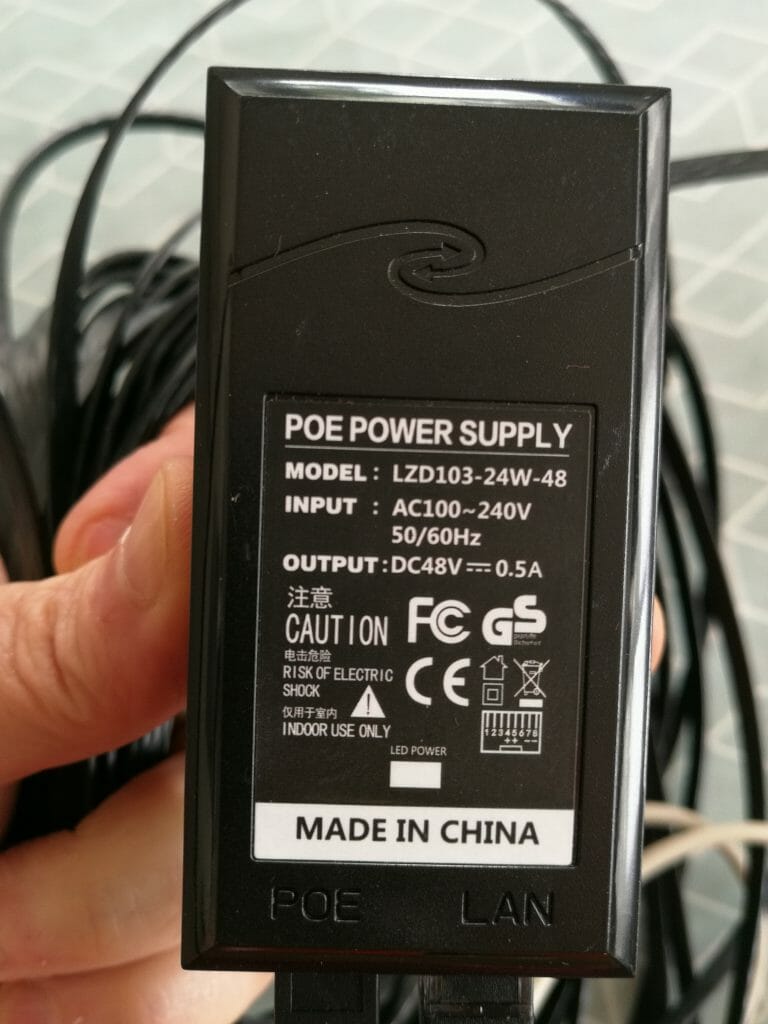
Details of the power adaptor. 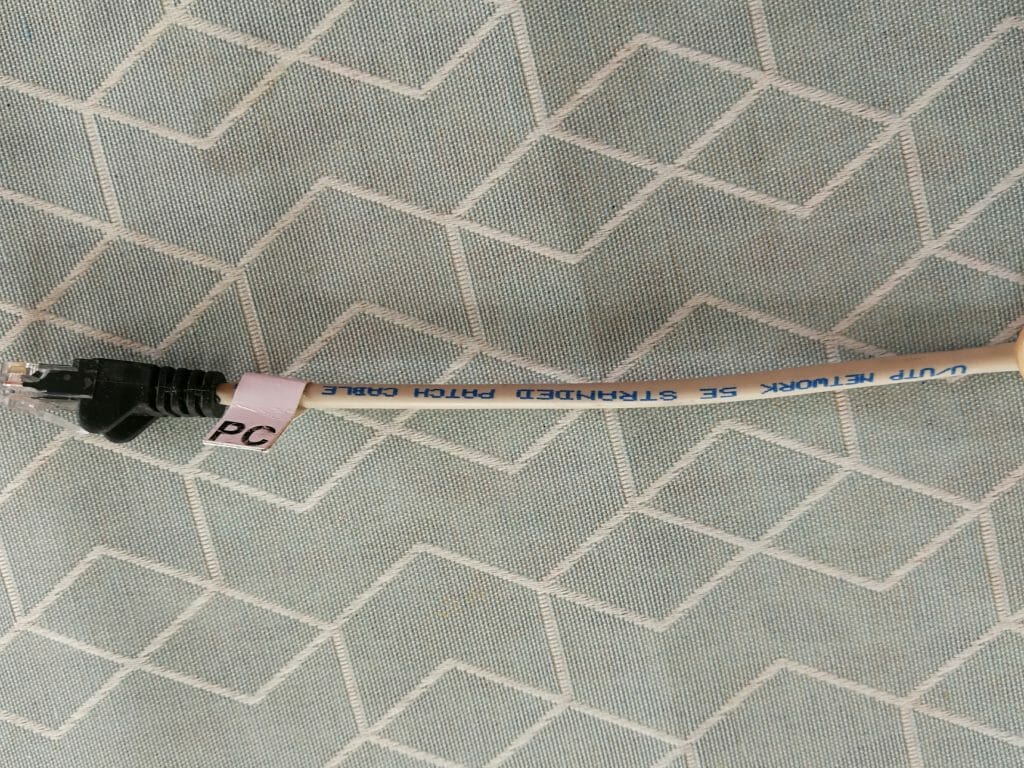
The cables come clearly labeled. 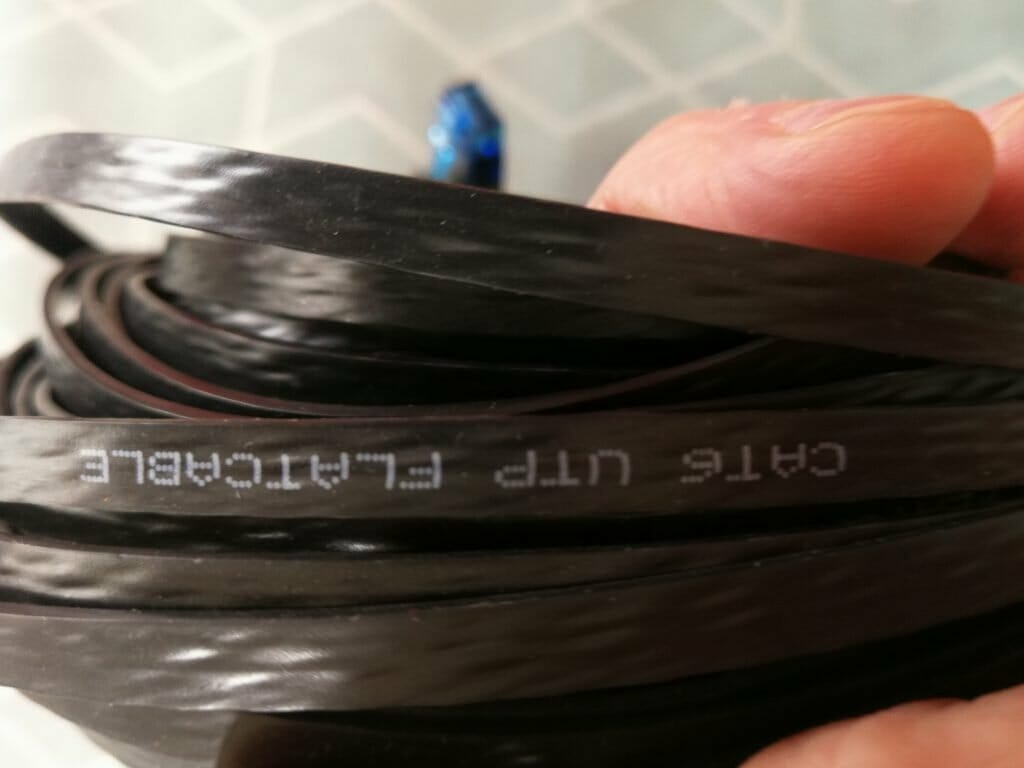
Nice flat crossed ethernet cable to connect the target. 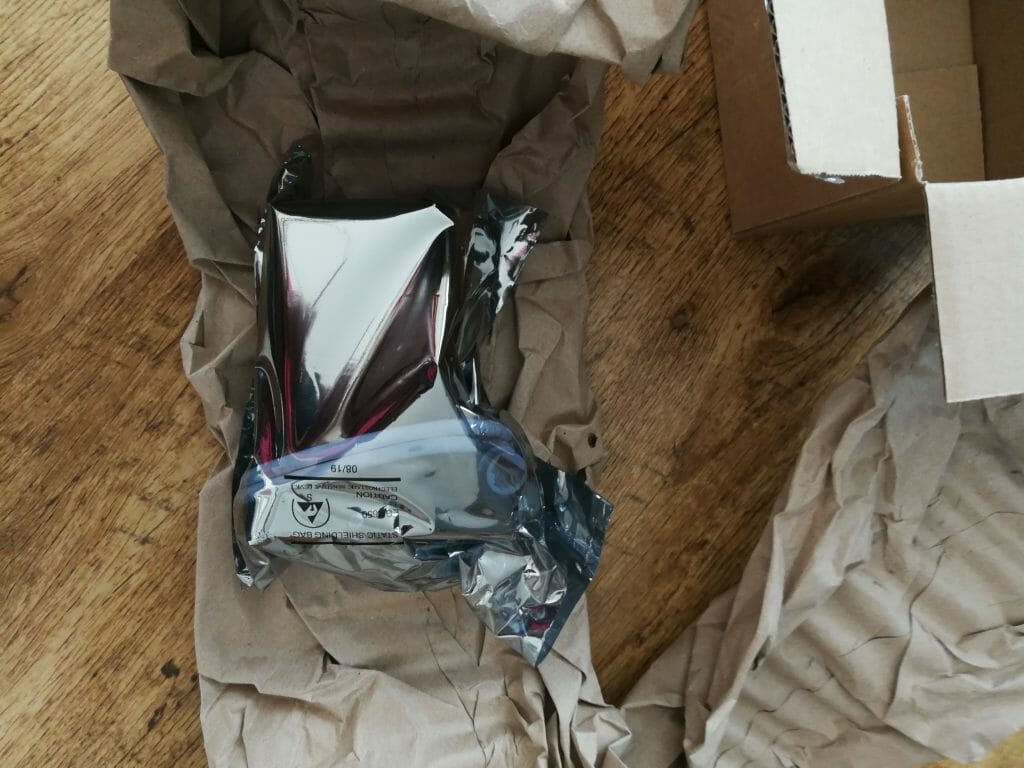
The camera comes inside it’s own cardboard box, wrapped in paper and in a sealed bag. 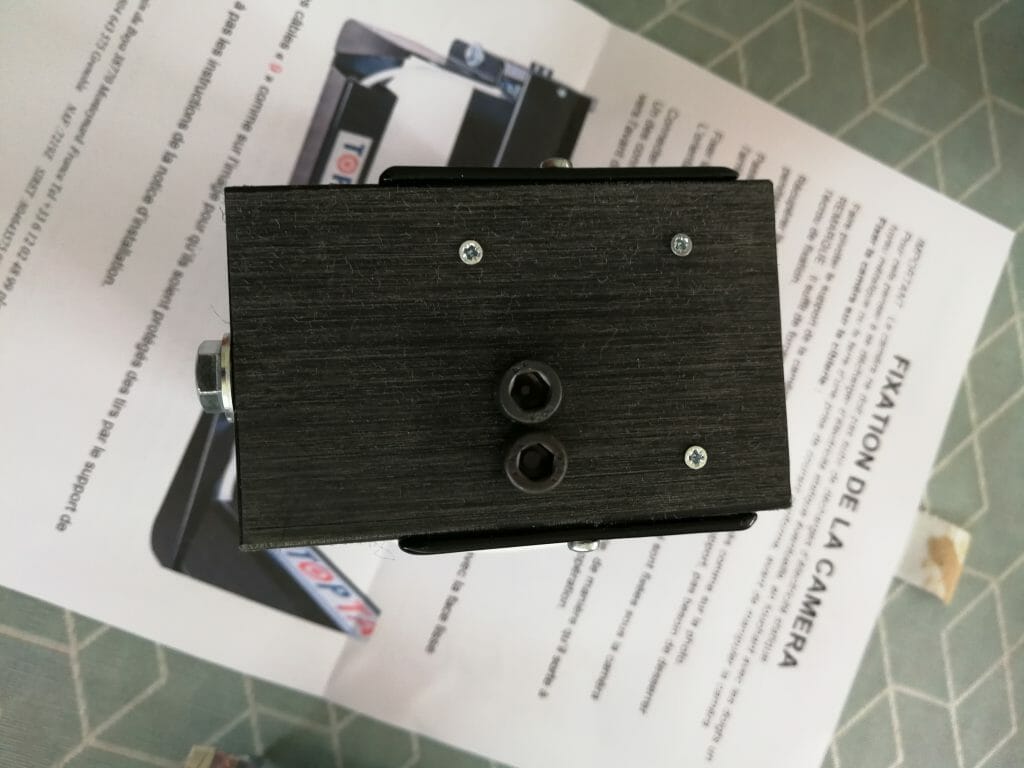
Back view of the camera with knobs to adjust angle. 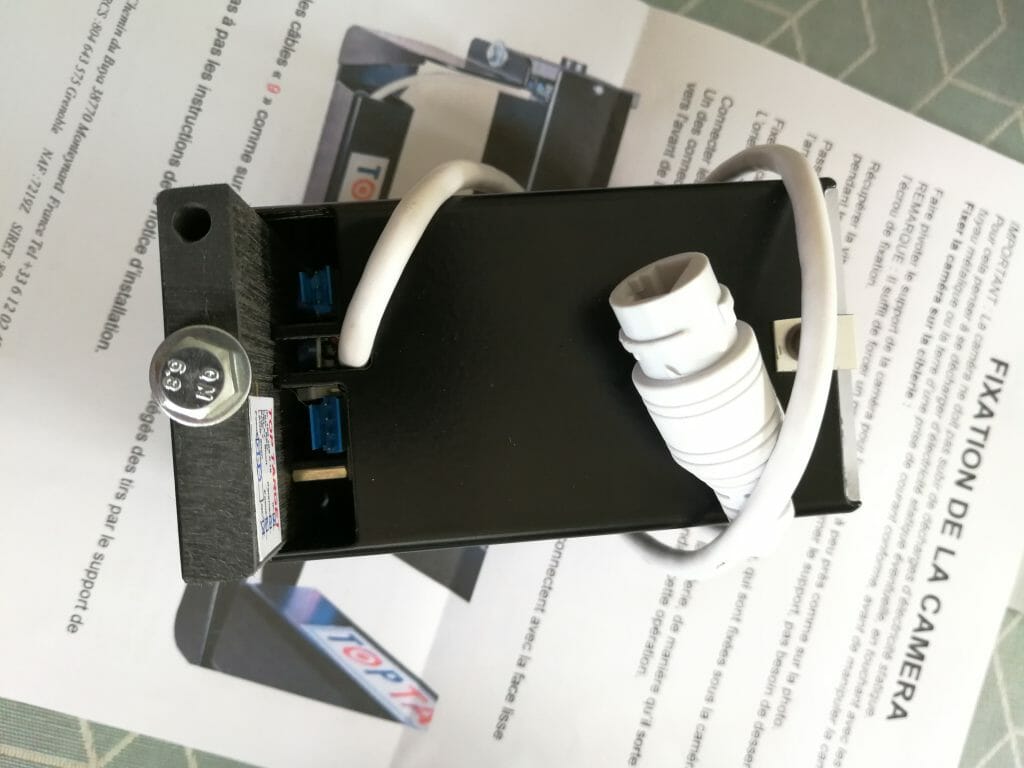
View of the connectors of the camera. 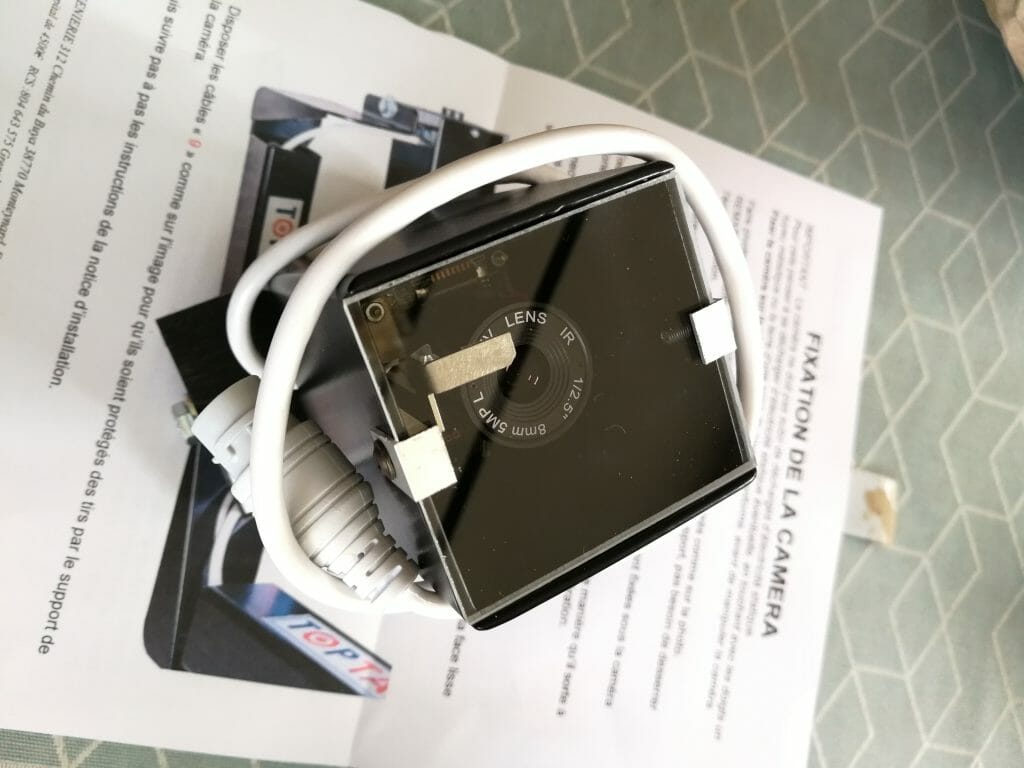
Front of the camera and lens. 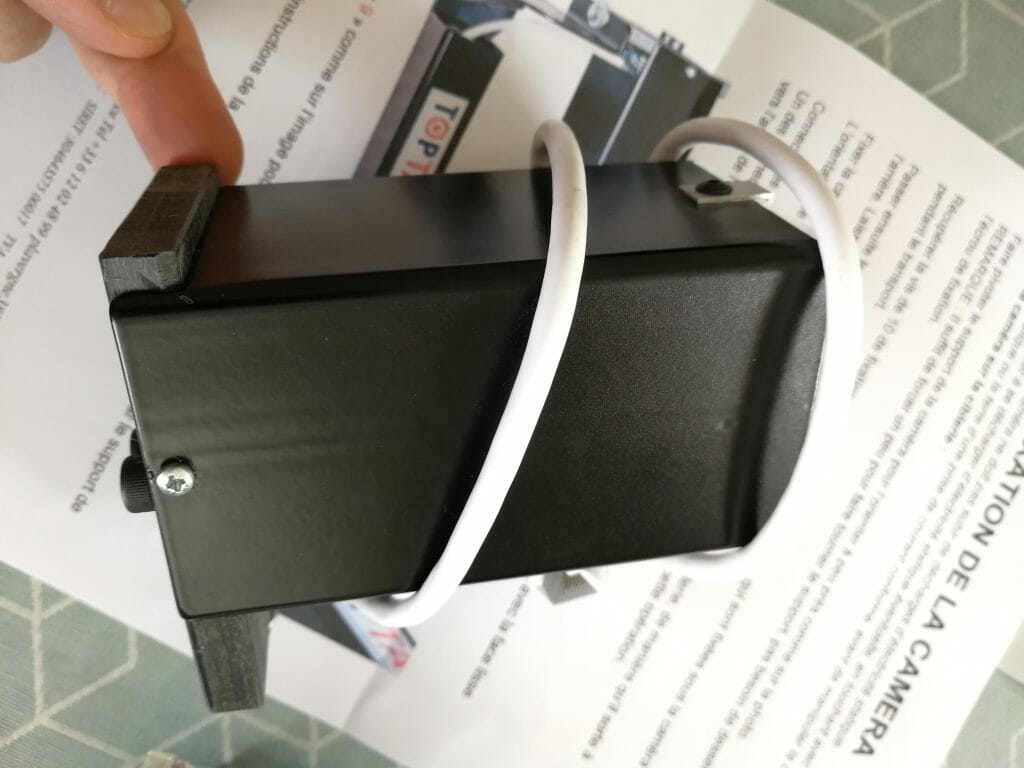
Side view of the camera. 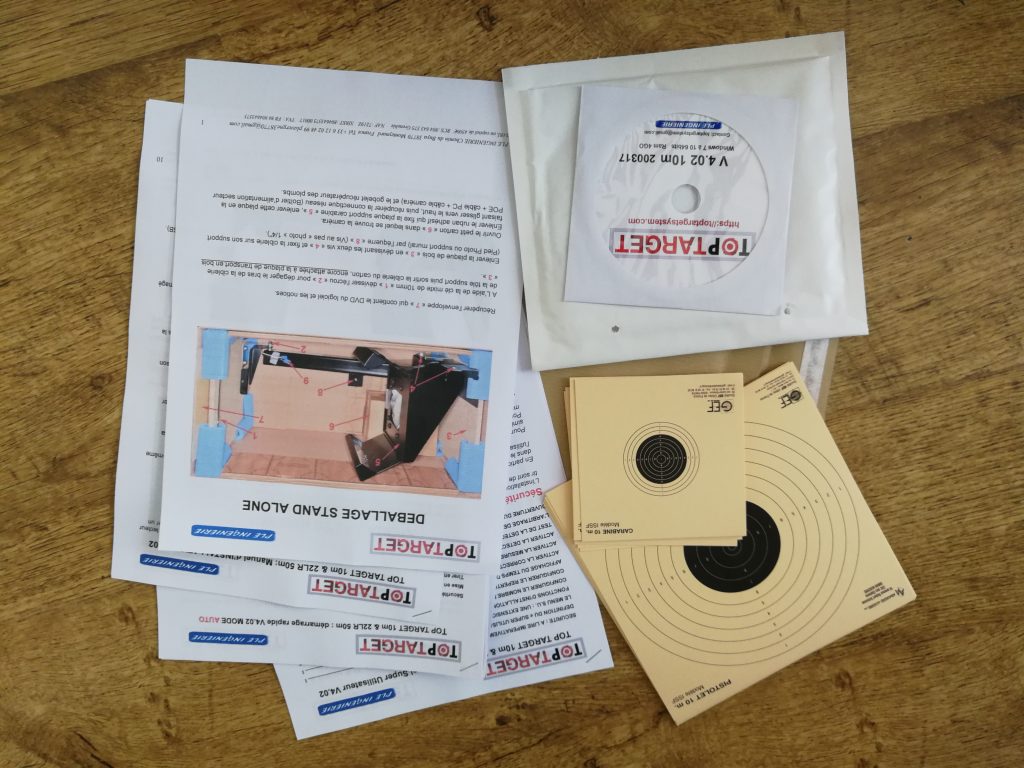
Manuals, software DVD and targets. 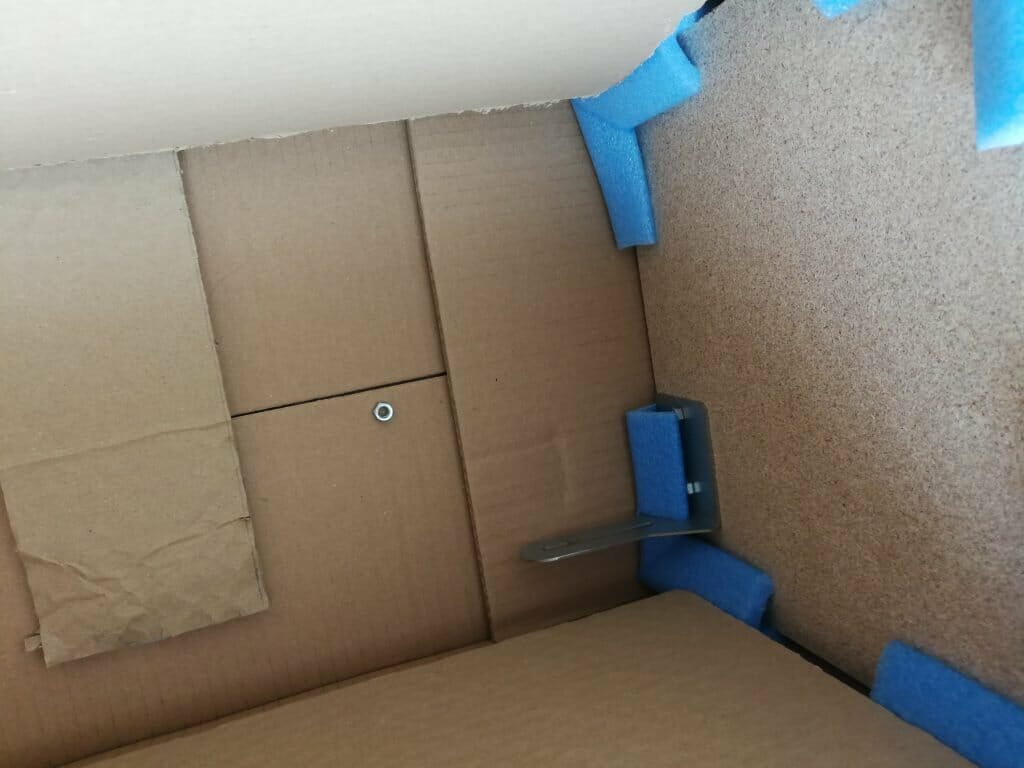
And the box is empty 🙂 notice the boards and foam used to protect and fit the target in the box.
Mounting the target
Putting the target together was really easy. The instructions are clear and there’s not much to do as most of the target is already assembled. There’s a warning included in the instructions: discharge yourself before touching the camera. Static electricity can damage it. I just had to touch a radiator at home which is grounded.
For the time being the instructions are only available in French (the software interface of the target is available in English and French), but TTS said that they are already working on the translation.
I really appreciated the finish of the target when I was mounting it. It felt light (it weighs 5.5 kg / 12.13 lbs) and easy to handle.
The provided ethernet cable provides the power to the target (PoE) and takes care of the exchange of data. Two ethernet cables are connected to the power source: one goes to the target and the other one to your computer (clearly labeled). The long and flat one goes to the target.
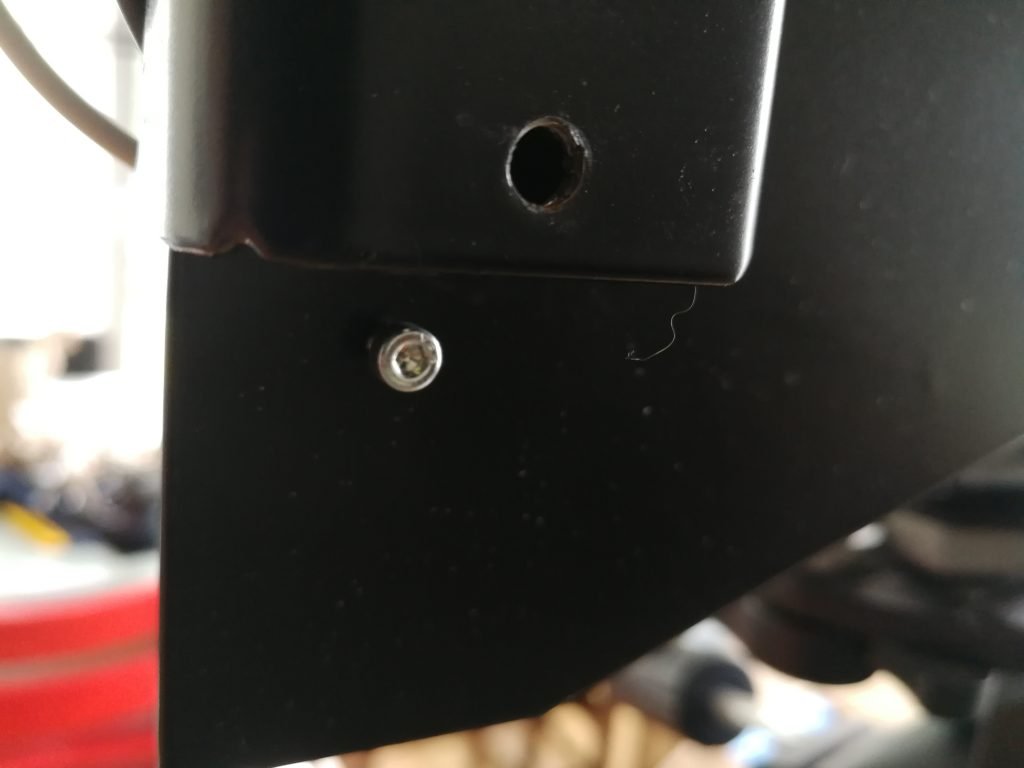
Tripod support hole (used). 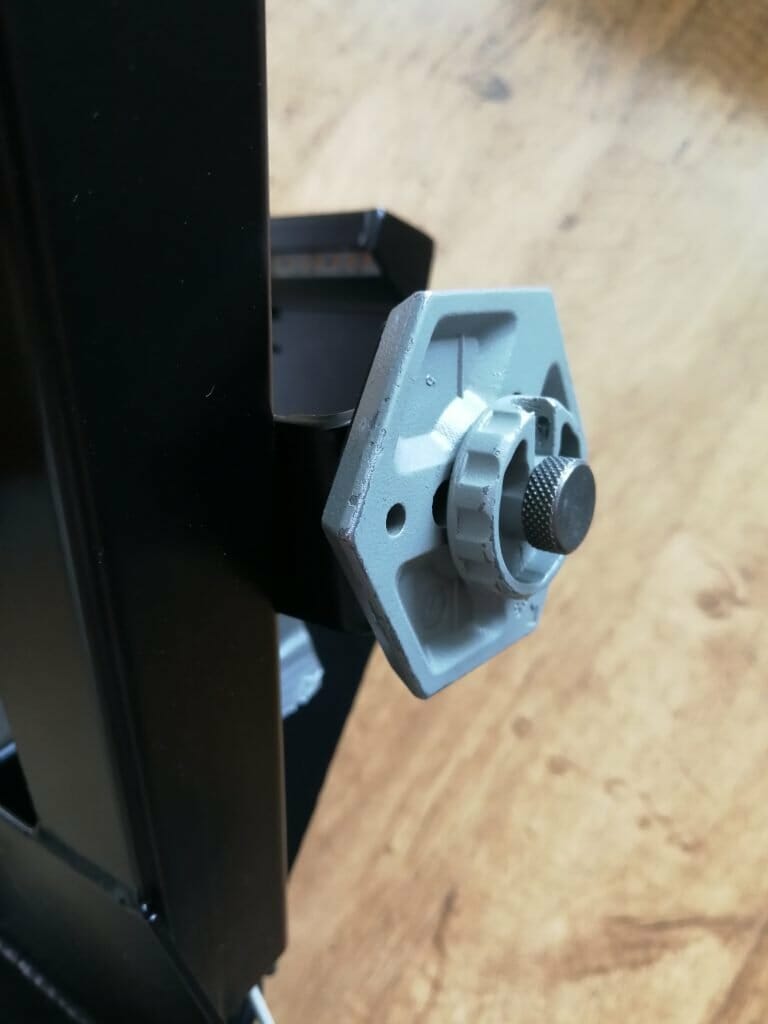
Mounting plate of my tripod screwed to the target. 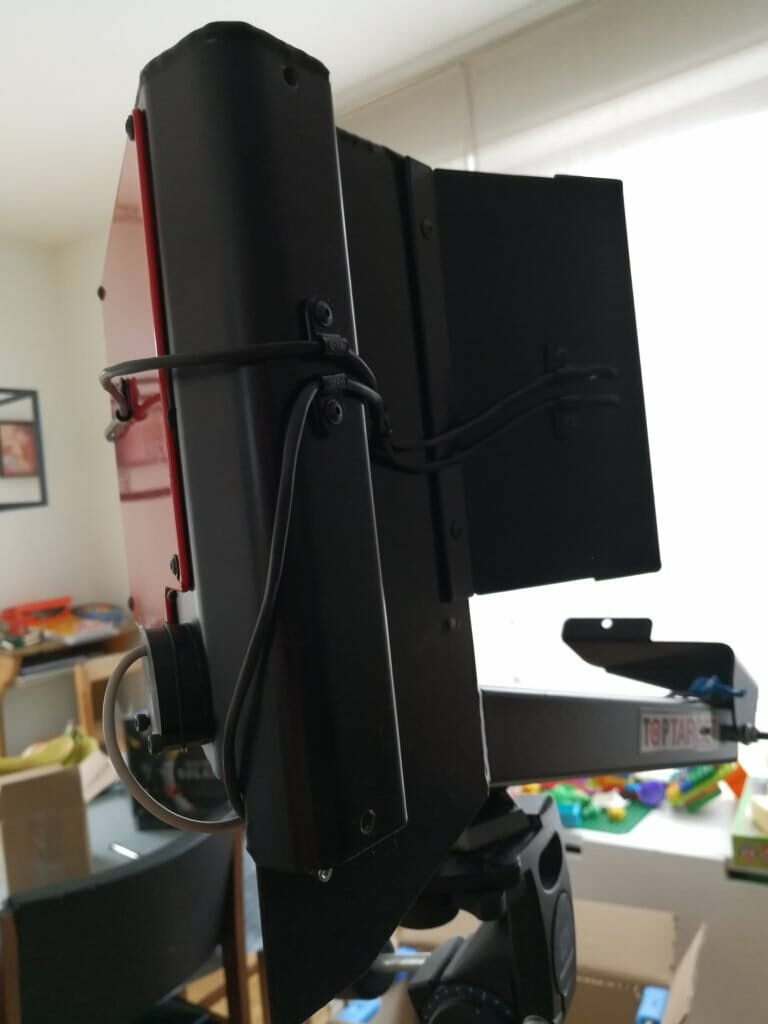
Cabling on the side and back of the target (camera not yet mounted). 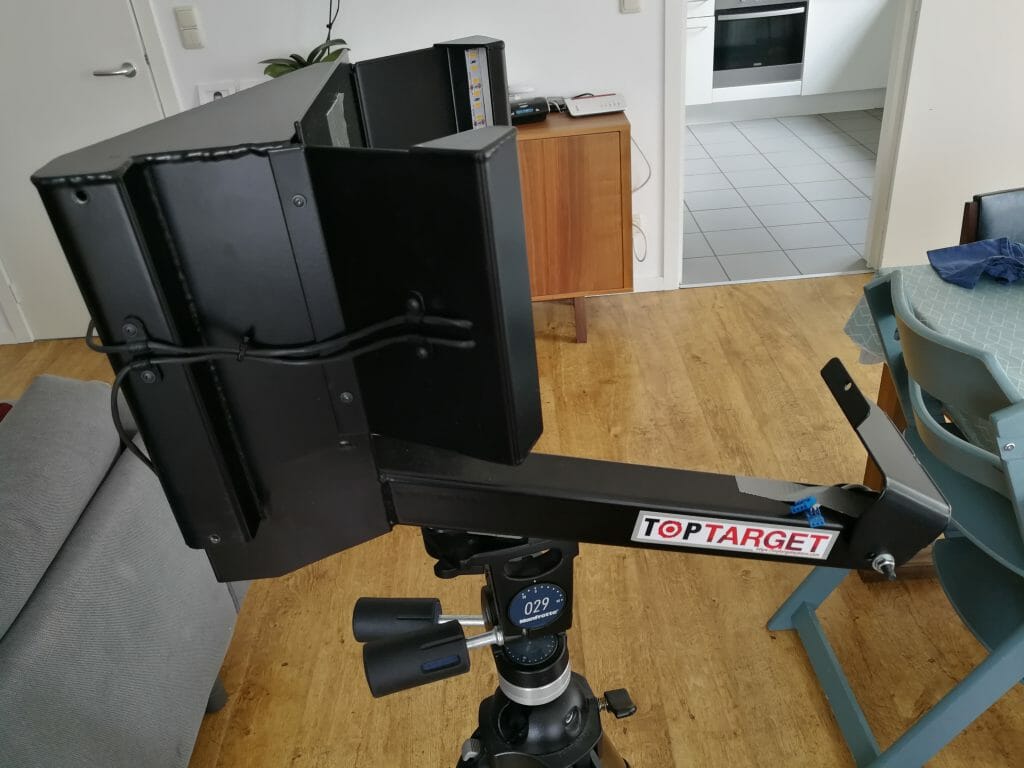
Side view of the target (camera not yet mounted). 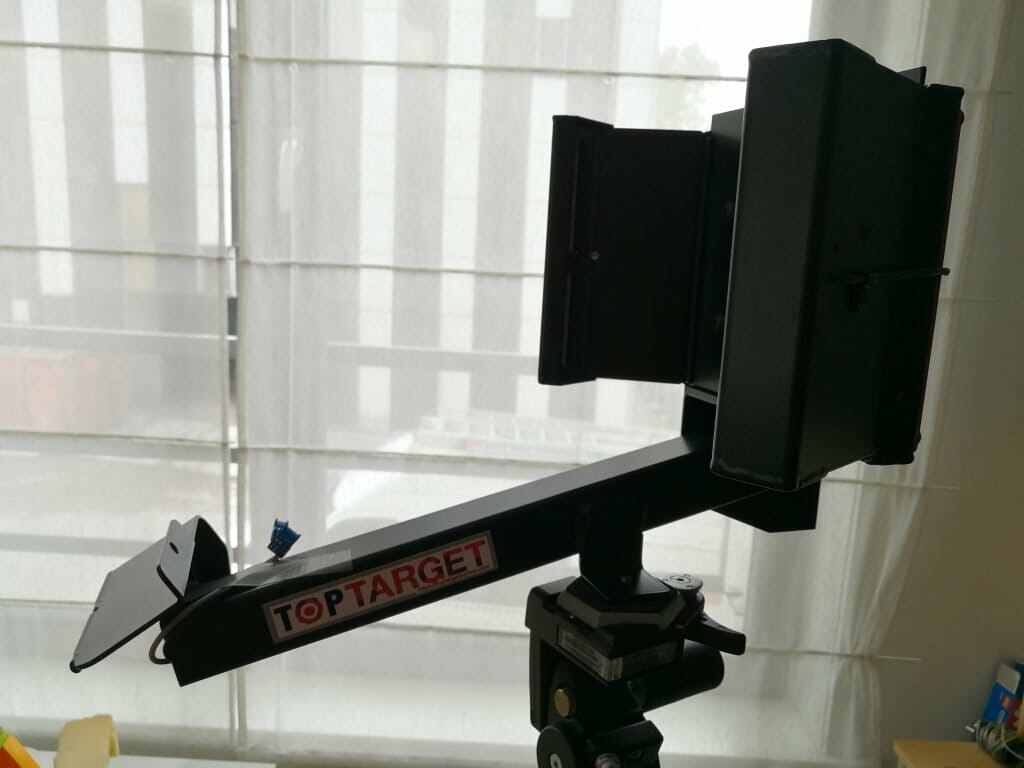
Other side view (camera not yet mounted). 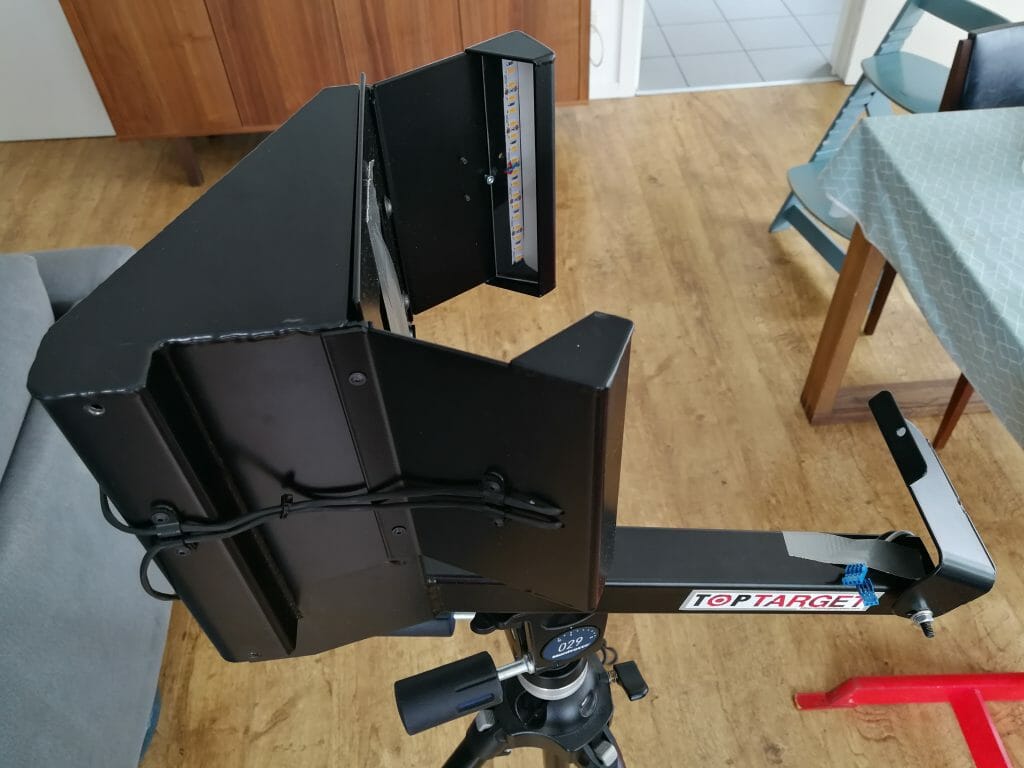
Top view of the target (camera not yet mounted). 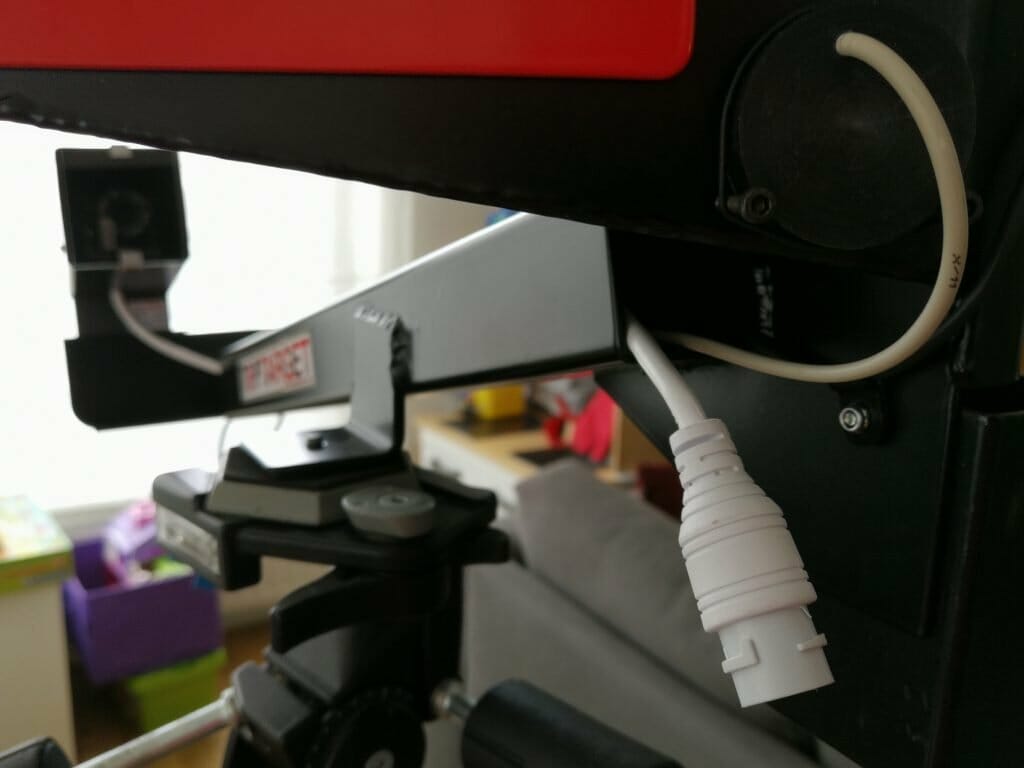
This is the cable to connect the ethernet cable that powers the target and exchanges the data. 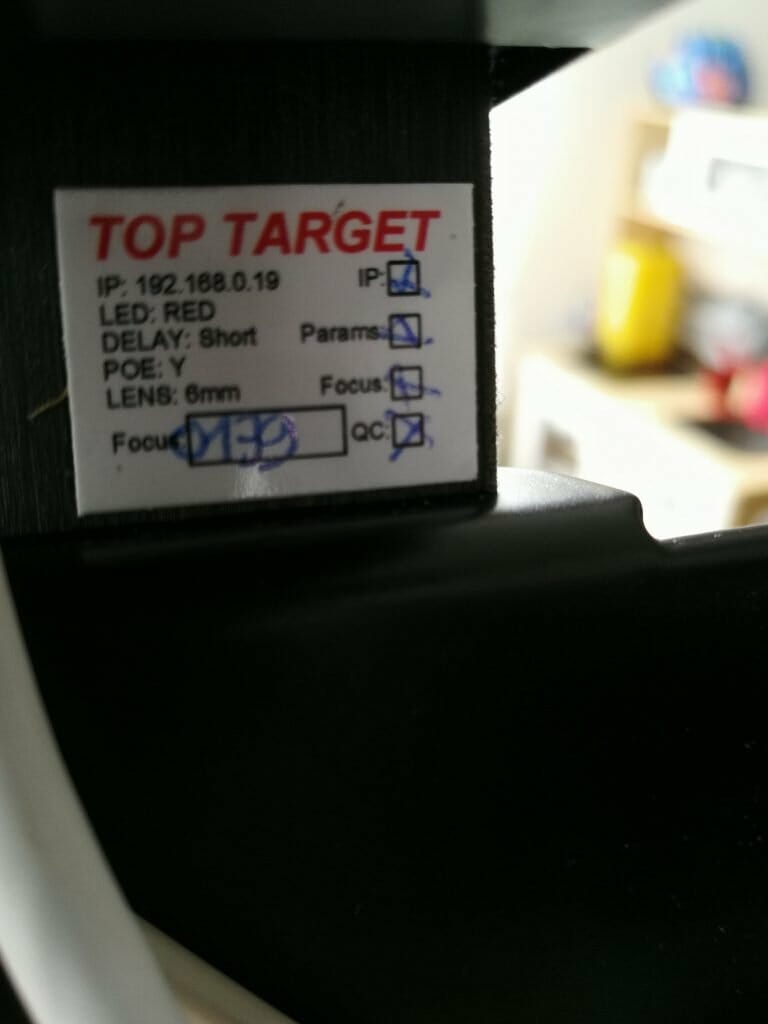
Quality control sticker on the camera underneath the connectors. 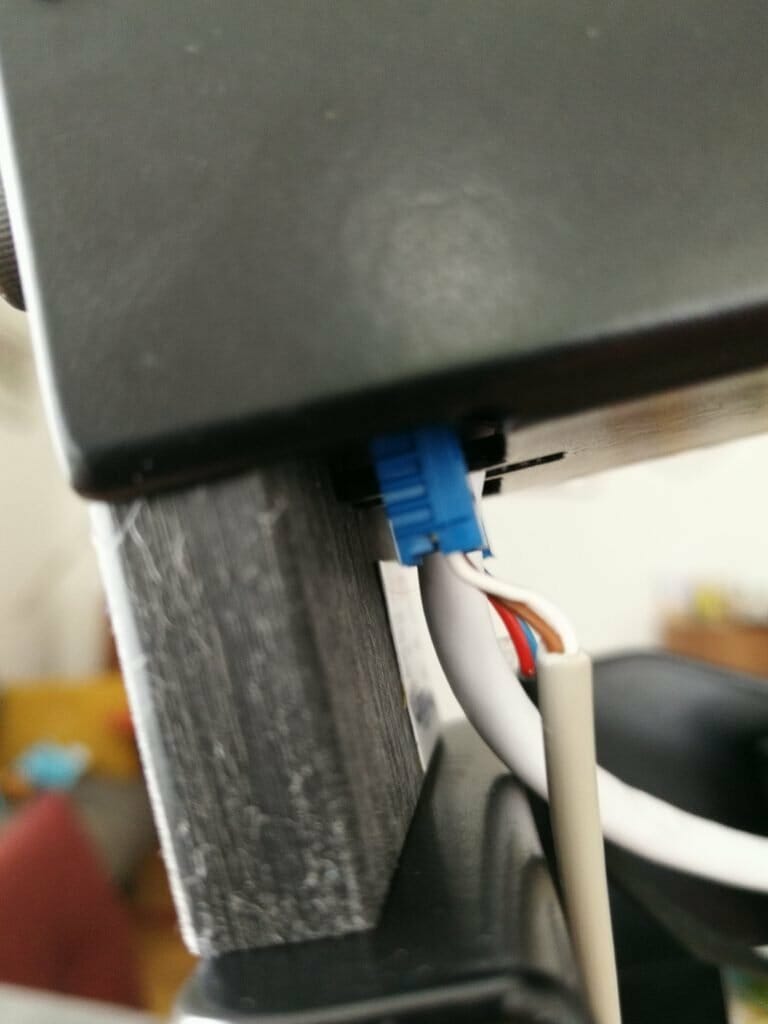
Cables connected to the camera. 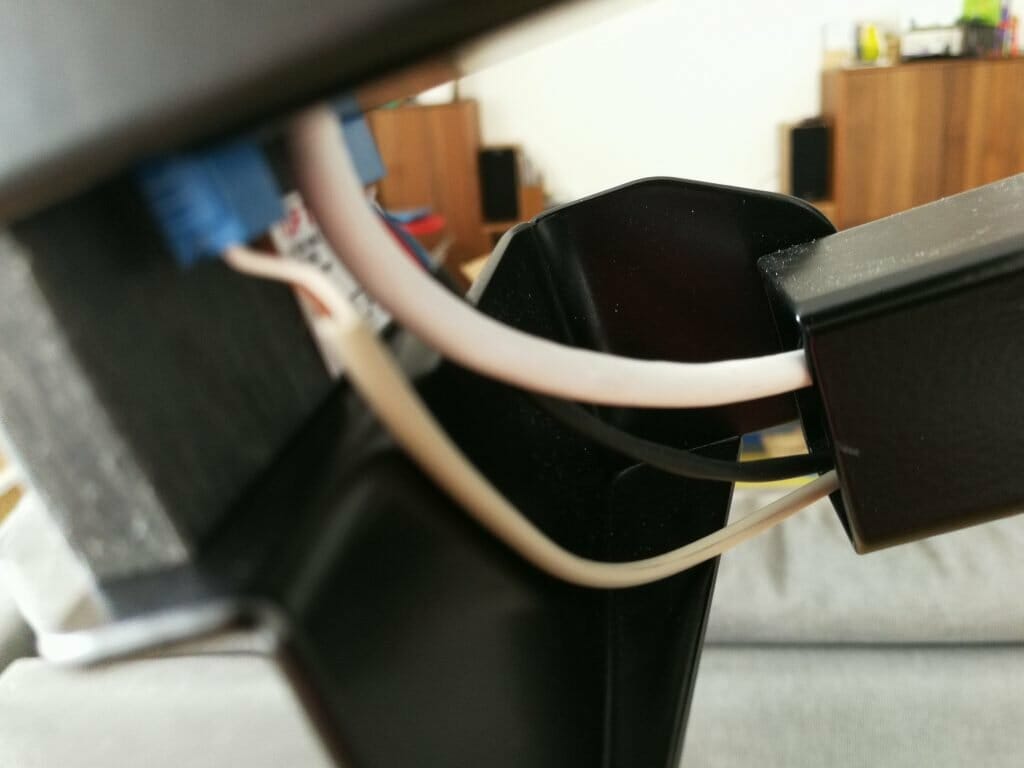
This is how the cables for the camera come out of the beam. 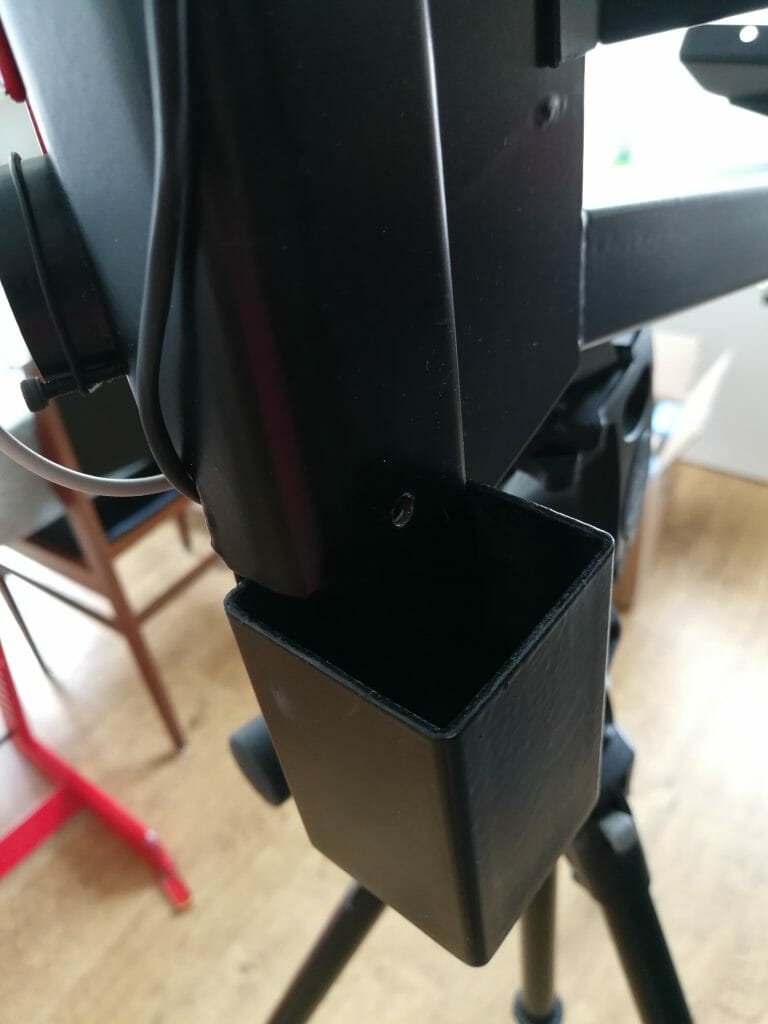
The pellet catcher has a gap exposed through which some pellets escape and fall underneath. 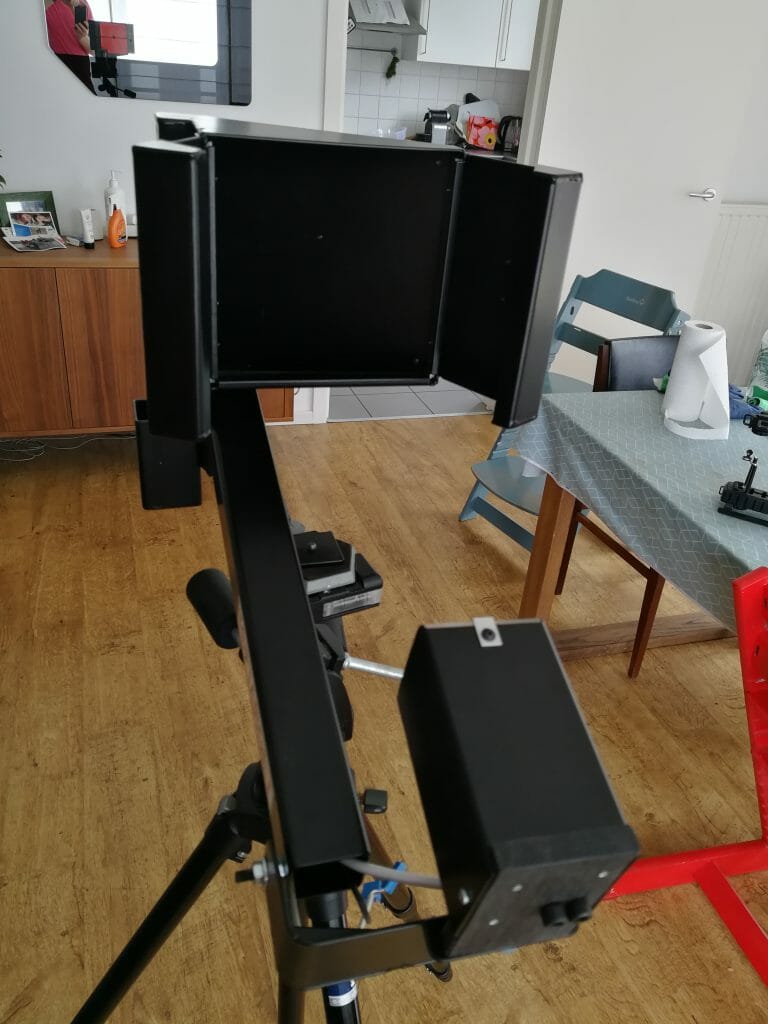
Front view with the camera mounted. 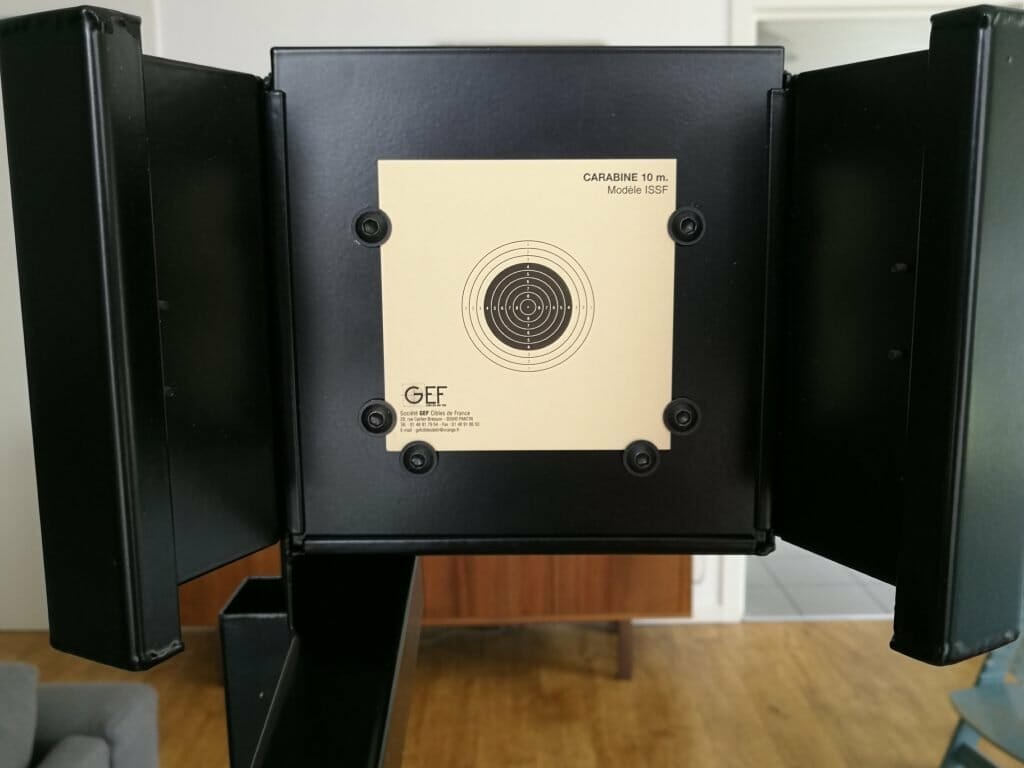
The adapter to hold the rifle targets is smart and comfortable. 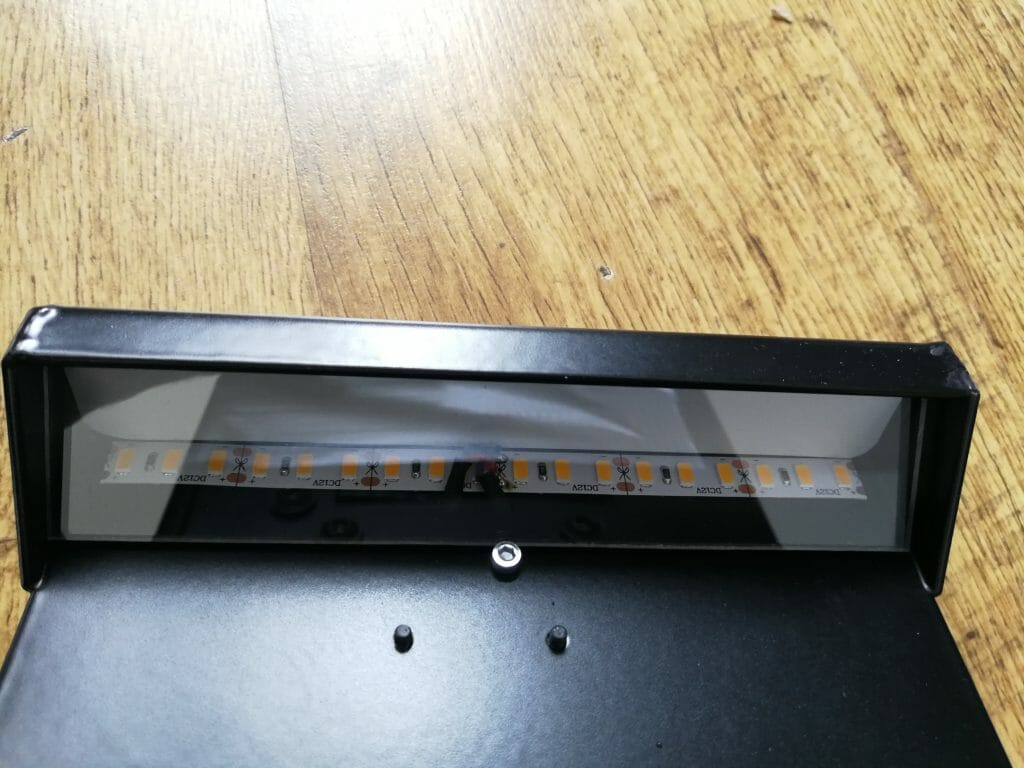
One of the side wings that contains the target led lights. 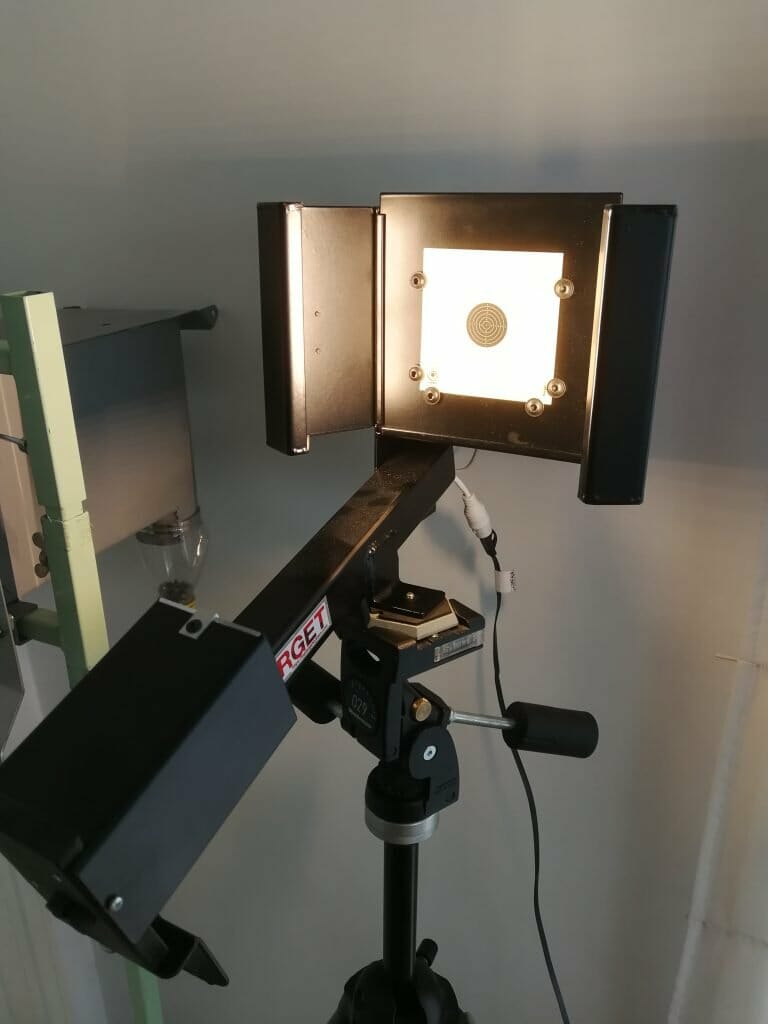
The target is ready to use! 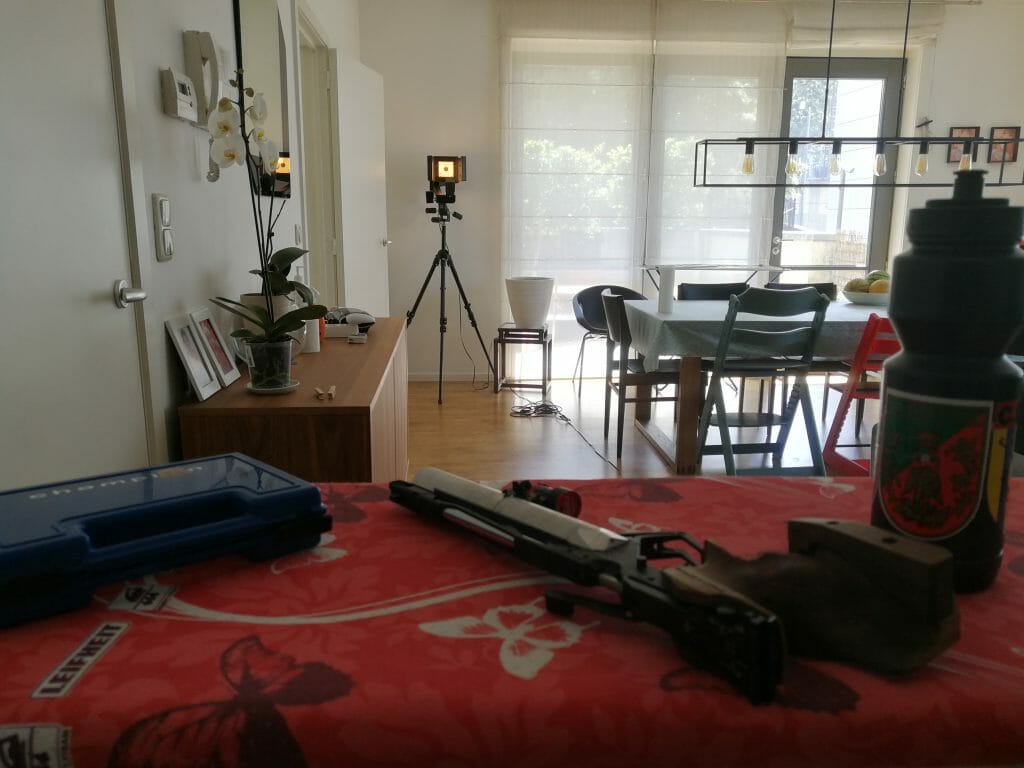
Target ready to receive lead! 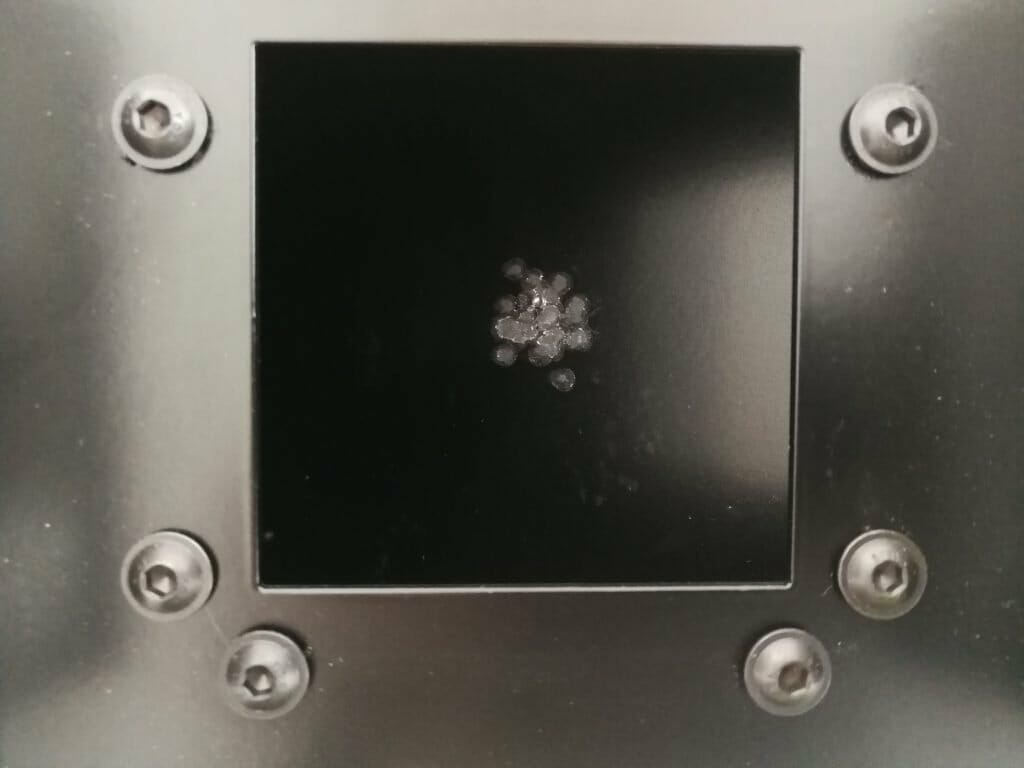
Back plate after a few shots. Tight!
Software
The target runs on a combination of a proprietary software developed by TTS and Matlab to power the calculations. I did the tests with version 4.02 of the TTS software on an old laptop (Fujitsu Intel Core i3-2310M at 2.10Ghz with 4GB ram) running Windows 10 Pro. In the requirements of the target they ask for a 64 bits PC running Windows 7, 8 or 10 and at least an I3 Core processor with 4Gb of RAM. This matches mine but it was very slow (I’ve had no speed issues using SCATT or the Inband target). The company also sells refurbished computers to go with the targets, so you don’t need a fancy fast computer, but do use something faster than mine if you can.
I wish there was a link in the website to download the software. My DVD player was broken and I had to ask the company for links instead of being able to download it myself, save time, and not bother anyone. The target can be delivered with a USB key, but I got the one from the fair and it came without it.
Installing the software was not difficult but it required too much user intervention. I wish there had been an installer that would have done everything for me (like moving folders manually and creating shortcuts). At least the manuals explain everything and if you follow them you will have the system running without trouble.
A critical part of the install to make sure that the computer and the target connect is to edit the IP settings (TCP/IPv4) on your computer settings and to set the IP address to 192.167.0.50 or 192.168.0.1 and the network mask to 255.255.255.0. This is necessary because the camera is an IP camera, but I wish I did not have to mess with this setting. The instructions explain clearly how to do it in two different scenarios: dedicated PC only for the target (shooting ranges), and PC for multiple uses.
To access the full Super User (S.U.) set up of the target use the password sutts or SUTTS (it stands for Super User Top Target System, easy to remember and helpful to have the caps on version). There’s a separate set of instructions for this mode.
For the initial setup you have to use a pistol target and follow the instructions to tell the computer where the corners of the target and some rings. It is easy but I wonder how come the computer can not make this automatically with the good lighting provided by the camera and the contrast between the black and white of the target and paper.
Setting up the camera was really easy (remember to get rid of your body’s static electricity before touching the camera) and with the setup mode of the software I quickly had it pointed right. The manual tells you exactly which sizes of allen keys to use.
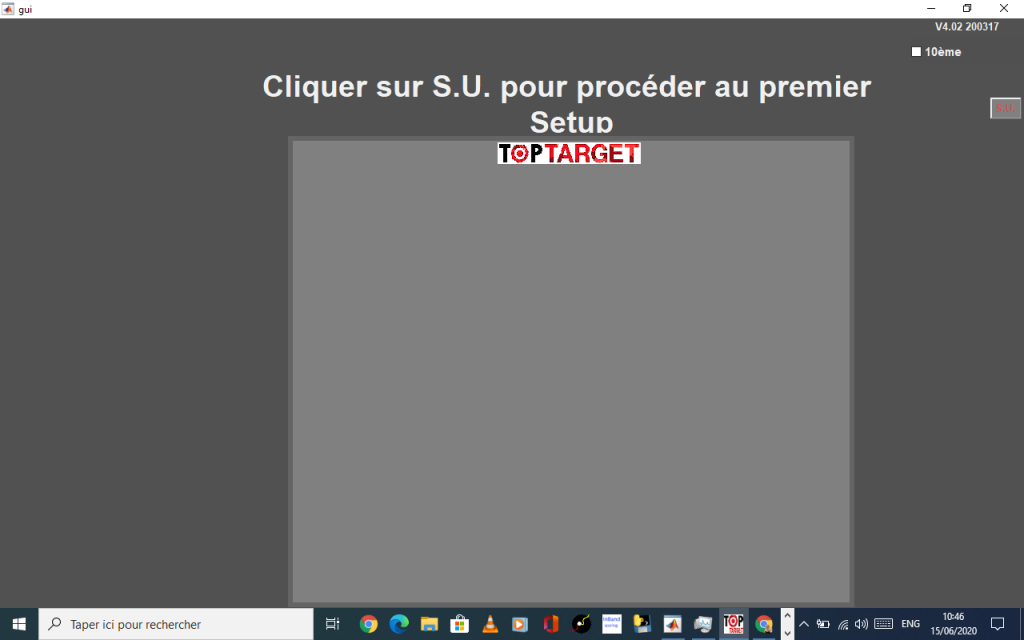
To start the first setup you have to click on the Super User (S.U.) button. 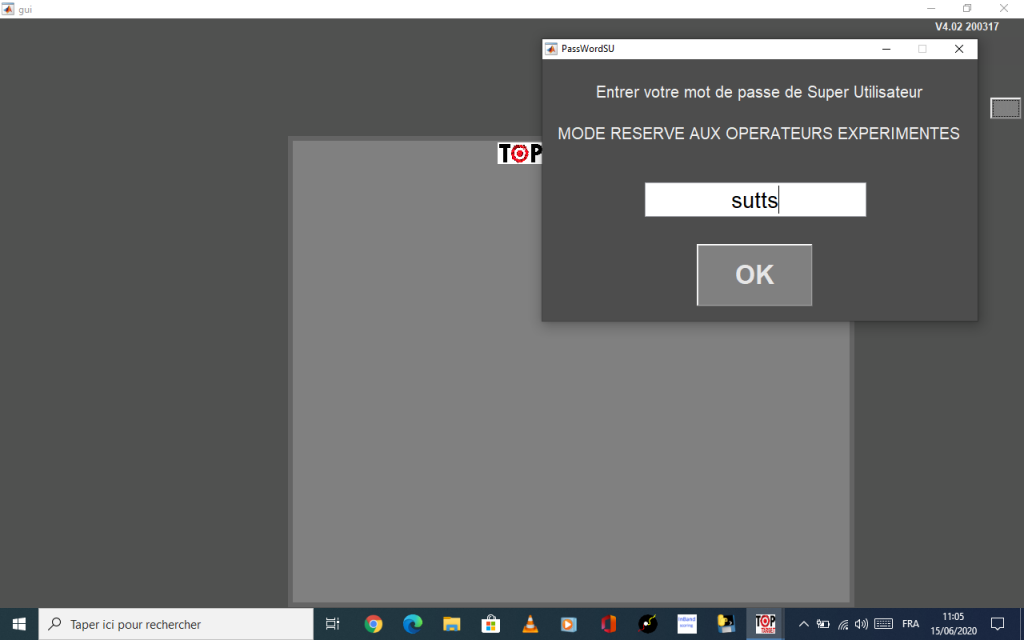
The Super User password. 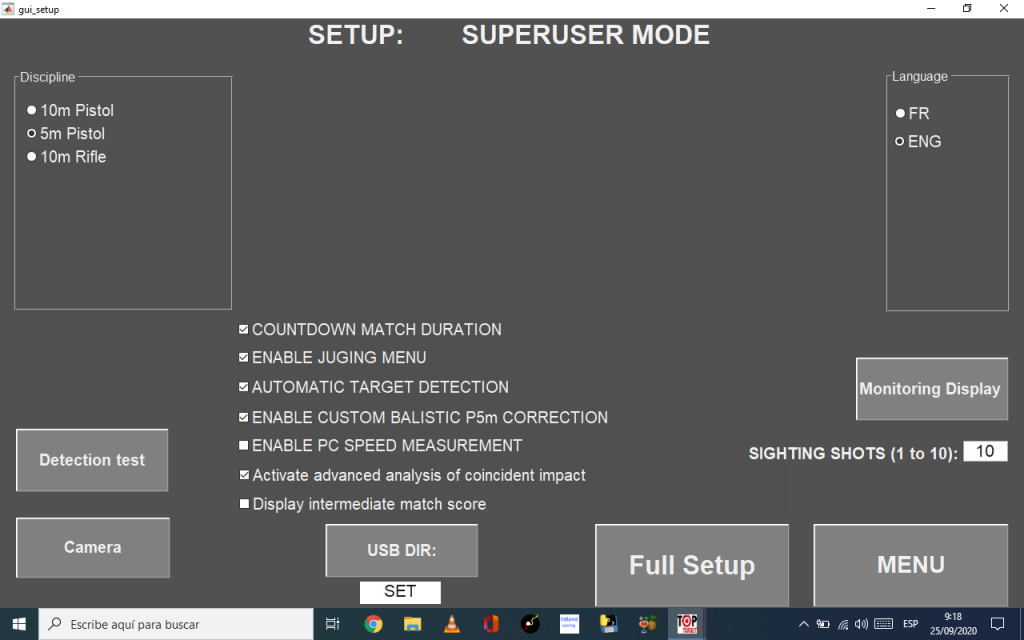
Super User setup screen. 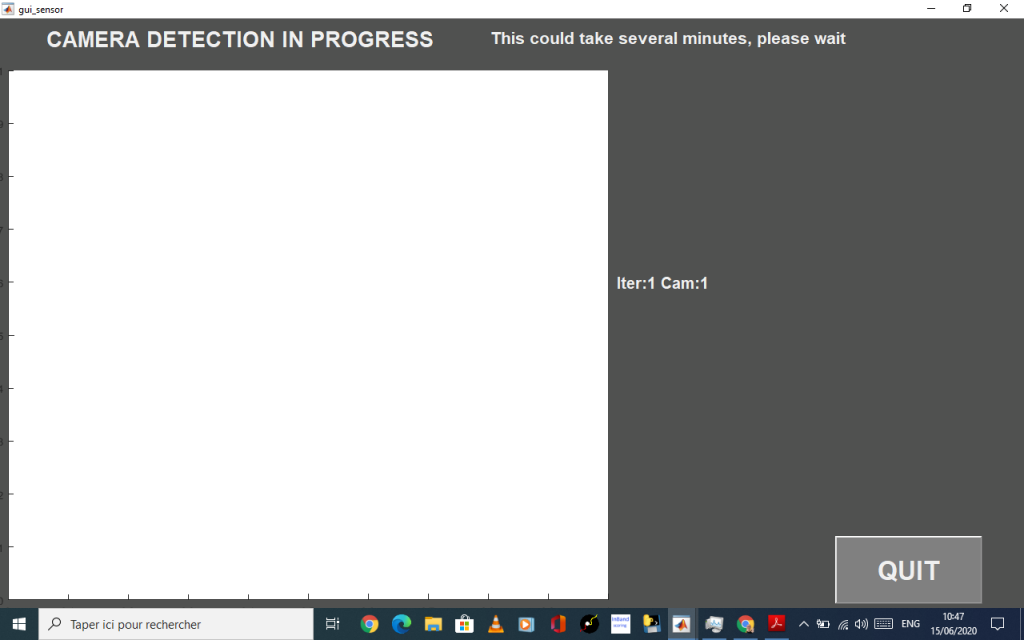
Software detecting camera. 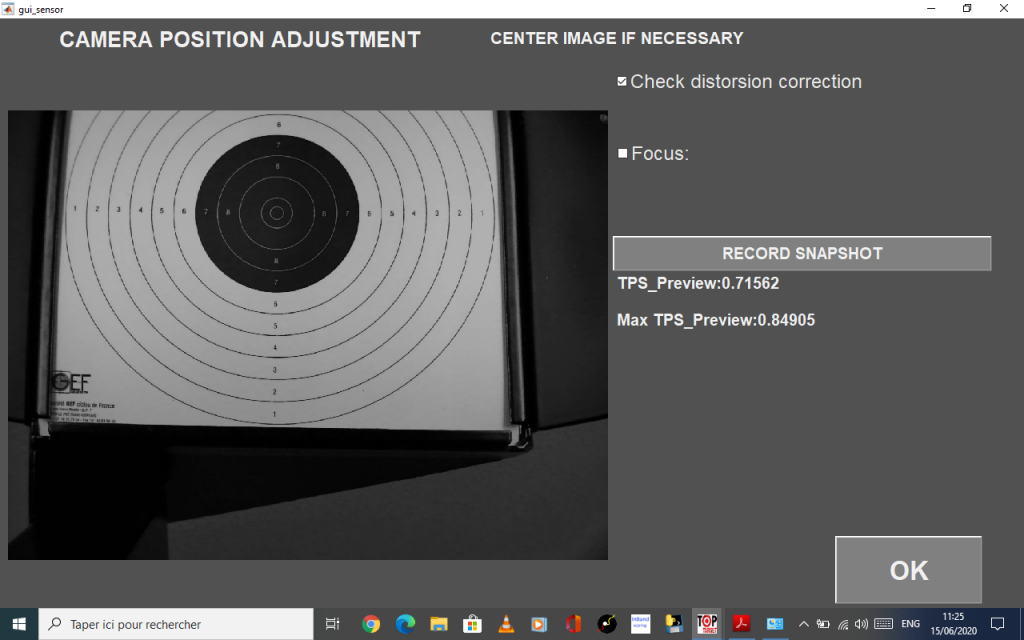
My camera is a bit off, got to move it a bit… 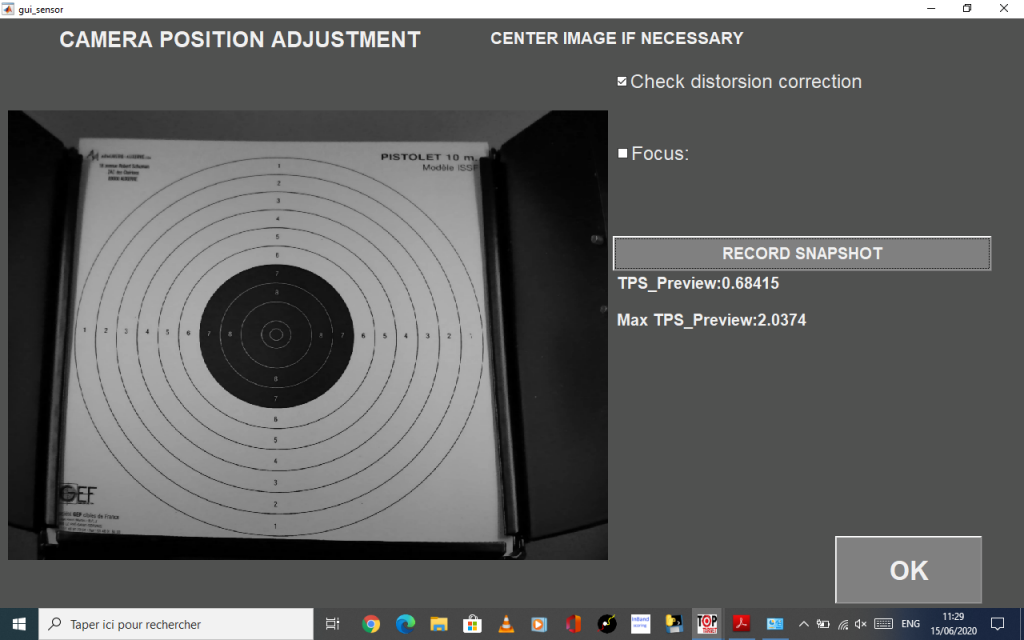
… and it is done. Easy peasy. 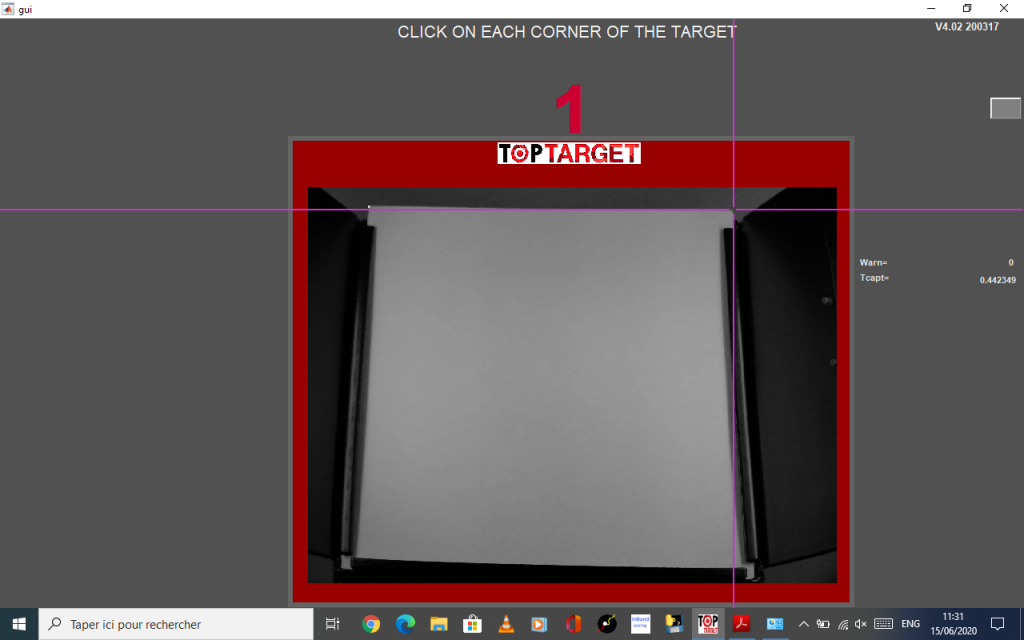
Marking the corners of the target. 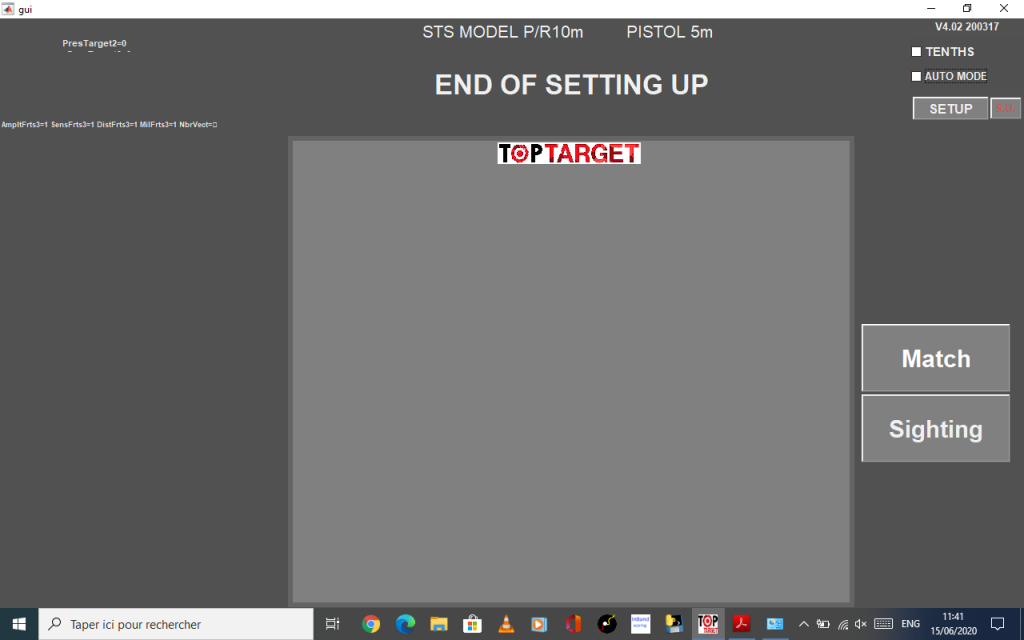
Set up is done. Time to test shooting and scoring. 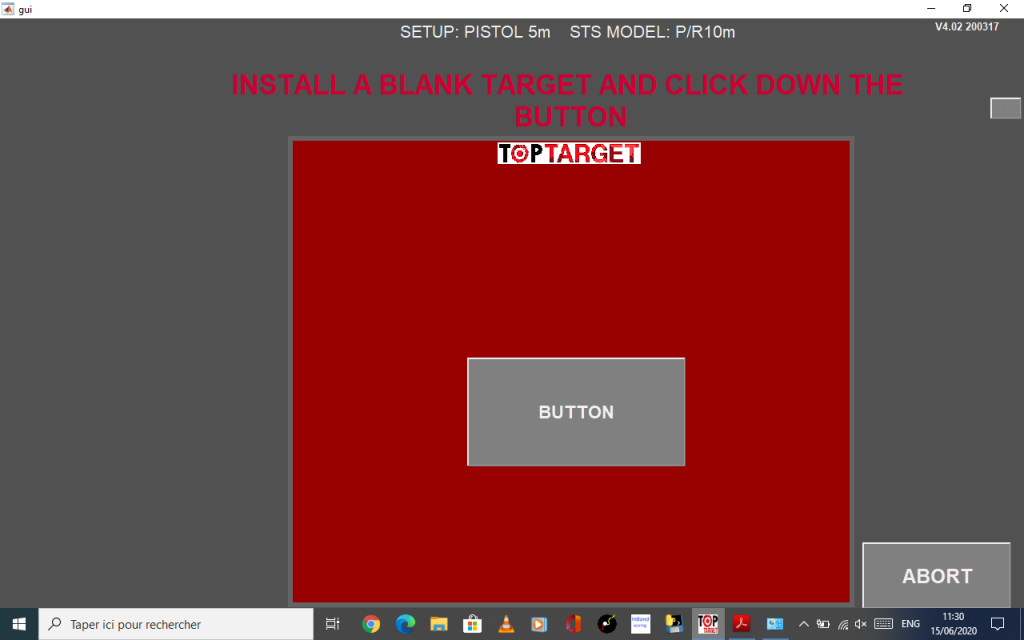
Time to install a new target (rifle target because I’m shooting at 5m) and mark some rings. 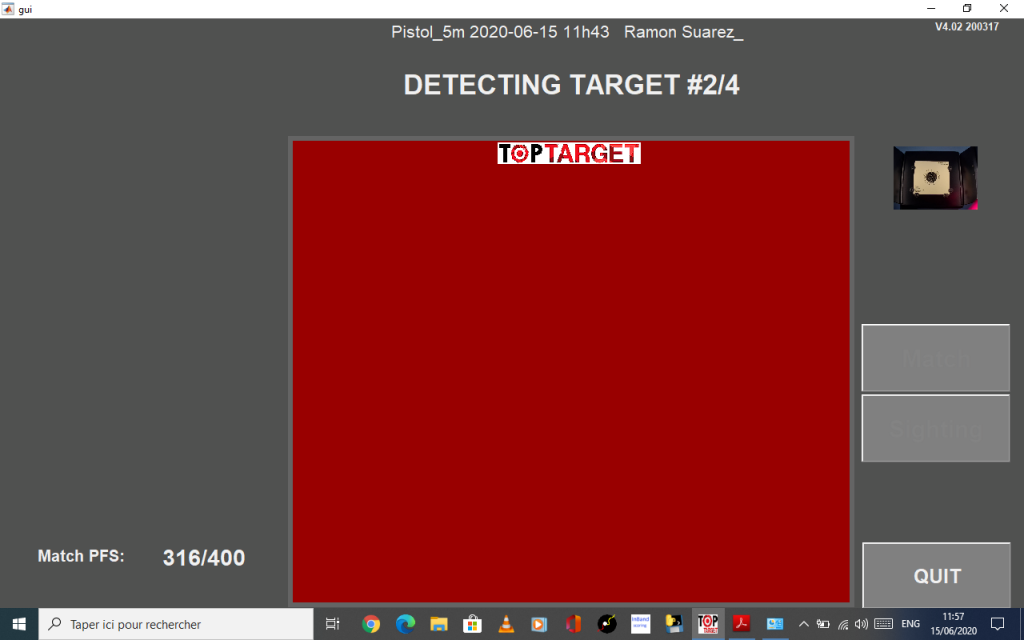
Right after you change the paper target the software detects the new blank target… 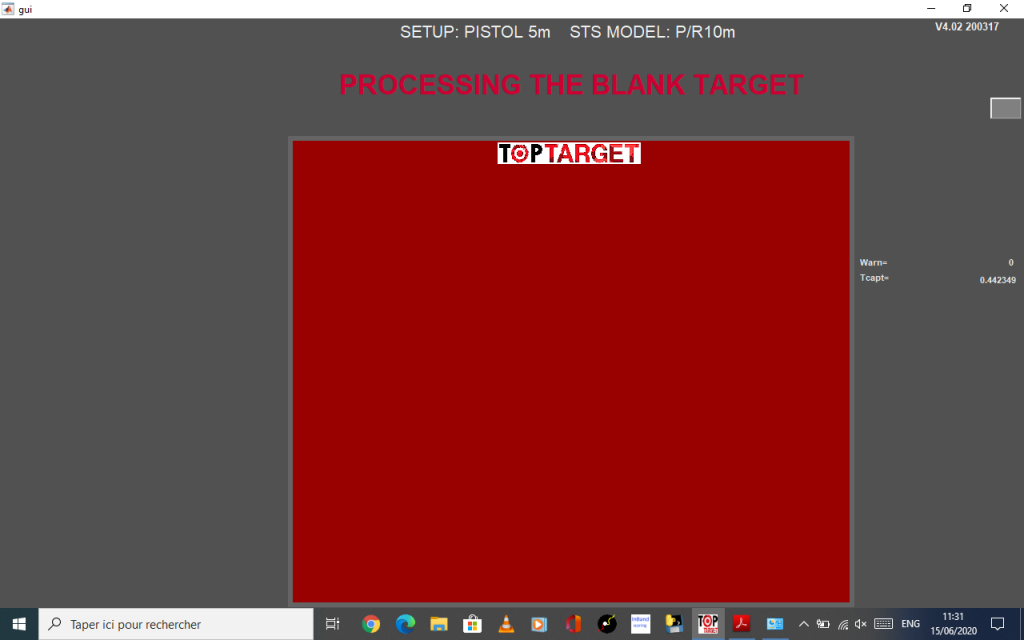
…then it goes into processing… 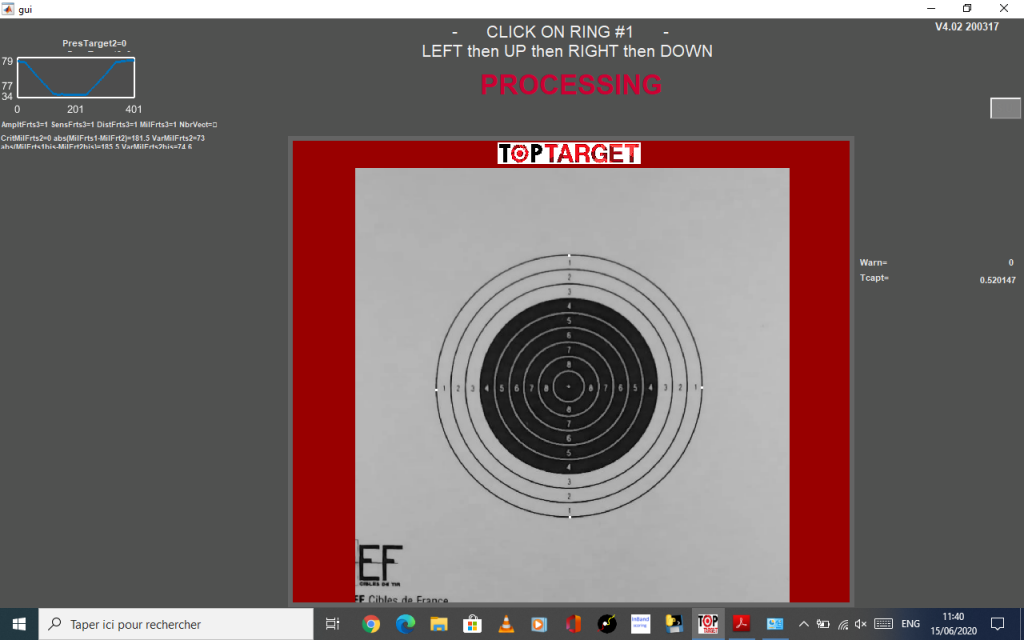
… and finishes processing showing the new target. 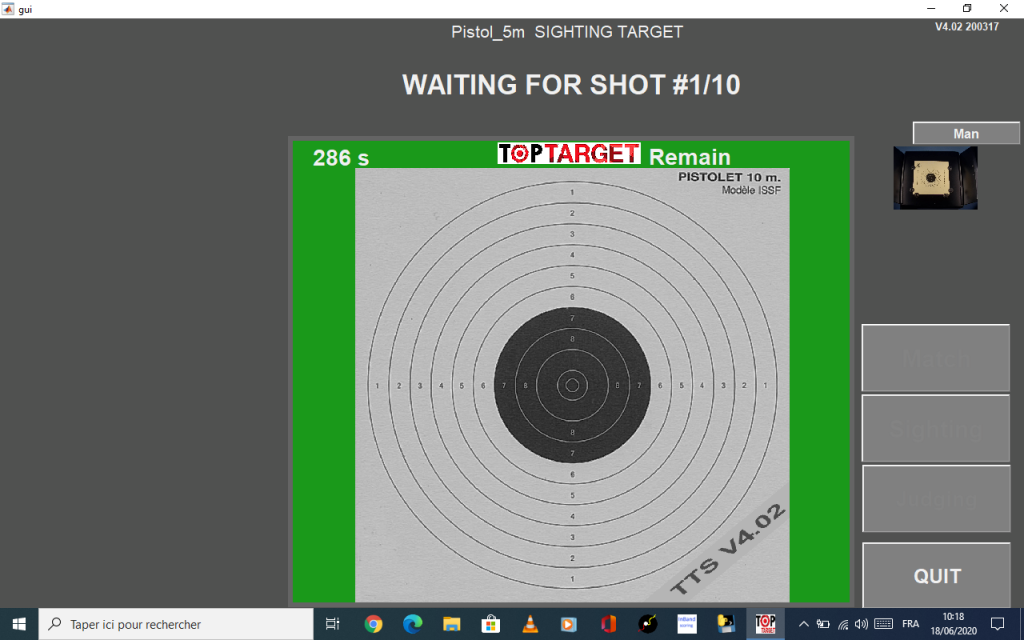
Ready for the first shot. 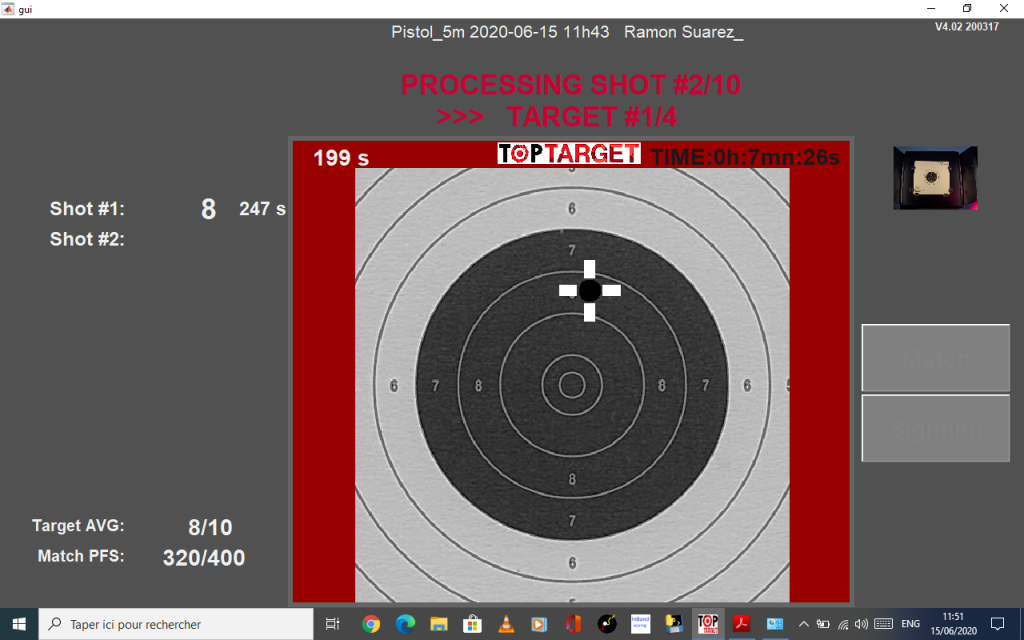
Processing shot. 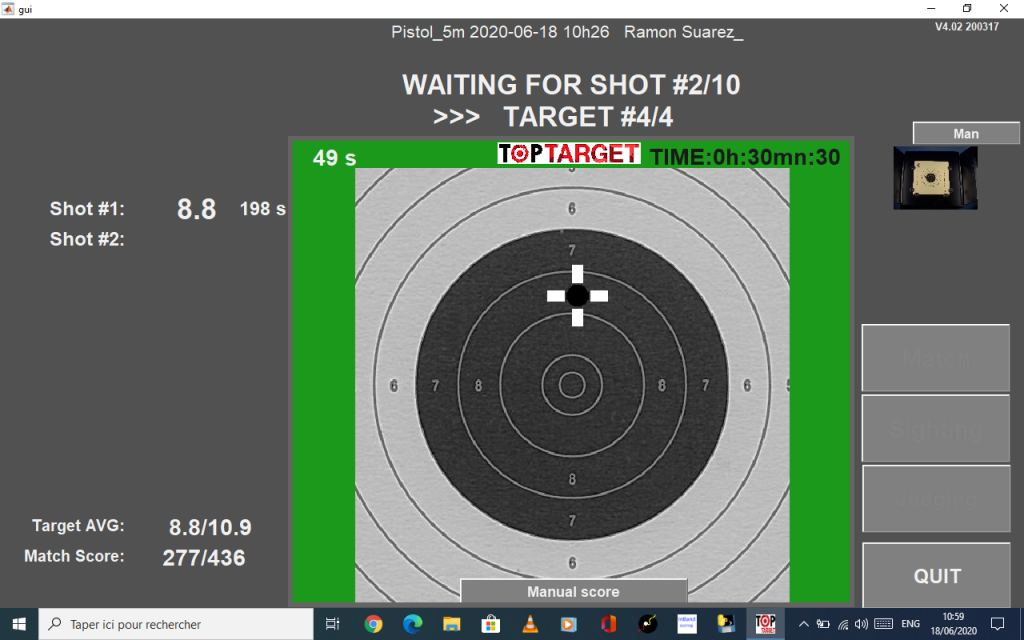
Shot registered. 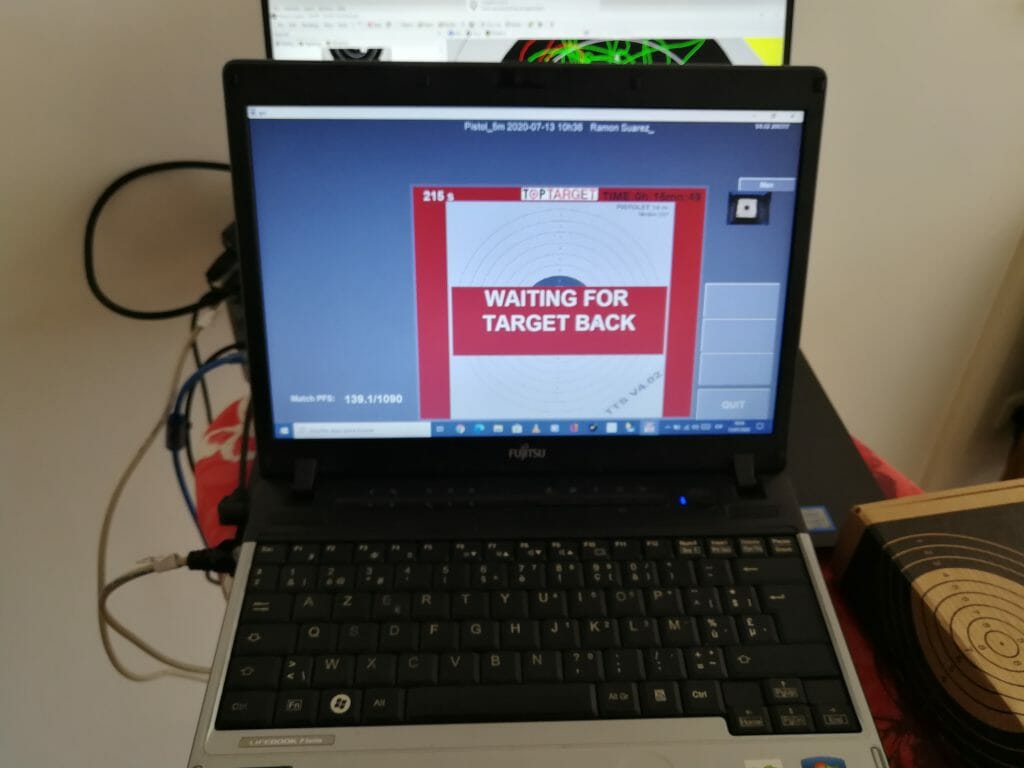
This is what you see when the system is waiting for you to change the target. 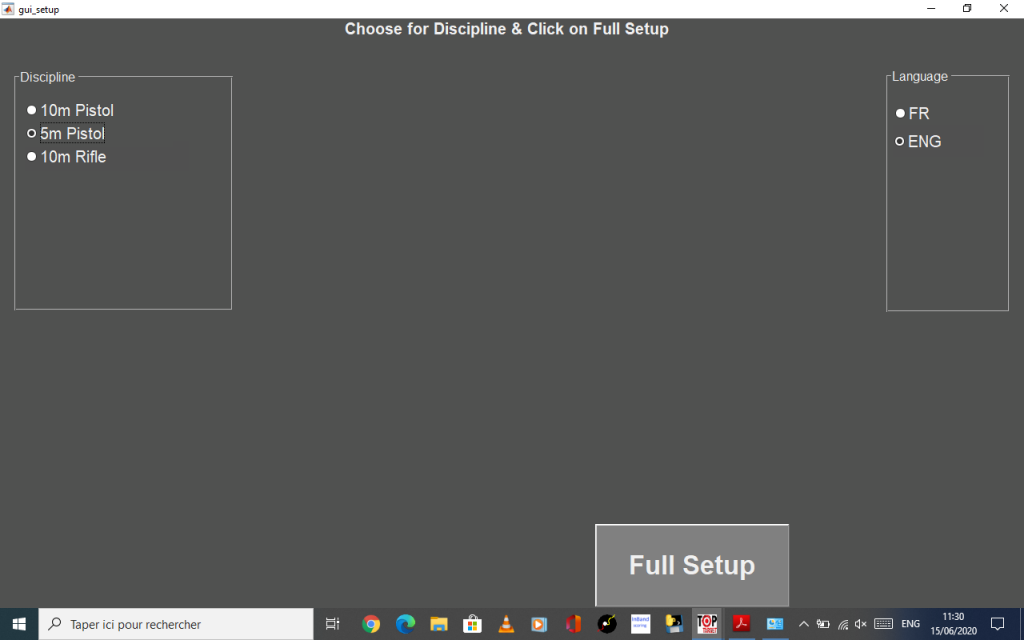
After the first setup you can just access the basic setup screen with a simpler choice of distance, discipline, and language.
When you change discipline the system detects the change of target and you do not need to redo the setup except if you start using a different format target: I used some old targets that looked to me as a rifle target that I had at home after setting up with the targets that were included with the target and this caused a couple shots to be misplaced. When shooting in auto mode you just have to send a new target down the range and the system will adapt to pistol or rifle.
The updates are distributed via email to all owners and also brought in DVD to hand out at the French National Championships. The one I received was a file that I had to overwrite the one in my computer with. Easy!
⚠ To consider when shooting at reduced distances
Be mindful of ricochets. Depending on your skill you will be more or less confident about how far you set the target. Inband does not recommend shooting under 7m. I’m sure I’m not going to ever hit the metal plate that protects the target, so I shot at a shorter distance.
You have to set up the target size and the correct height for the reduced distance you will be using. To make things simple I just use rifle targets and with the target calculator figured that I had to set it at 5.13 m distance and 1.54 m height.
When shooting at reduced distances you have to be mindful that parallel errors will be amplified. Targets like the Inband take care of angular errors and of ignoring the size of the pellet to calculate scores and show you the impacts, but they can’t know what you are doing with your gun.

Beware of lead dust. When the pellet hits the target it will release some lead dust. I’ve not found any good sources to understand the real danger of this. Keep the room well ventilated just in case. The representative of Inband in the USA (Patrick Rowling) has this to say:
Regarding the concern about lead issues in one’s home, some information from both NRA and USA Shooting publications after multiple studies:
Firearms that use cartridges generate most of the lead contamination found on shooting ranges as a result of burning propellants and primers. Obviously, this isn’t a consideration in the air gun disciplines. However, each time someone handles pellets, a small trace of lead is left on their hands and can be transferred to other parts of their body or to food. It’s therefore recommended that hands be washed thoroughly with cold water and soap following any contact with pellets.
Backstops with hard surface deflection will obviously result in some spatter, but again, at the velocity that the pellets travel at from target-style air guns, there is very little. The soft lead and low velocity results in deformation, with practically no loss of mass. Duct media stops and collector-style traps result in practically no trace residue. For those with deflector style stops, a simple swifter (a type of wet mop with disposable sheets) of the surrounding floor area should suffice in mitigating any amount present.
Of course, it’s up to the end user to decide how much risk they are personally comfortable with, but I have no qualms about shooting lead pellets from my air pistol at 500fps into duct seal in my home. Your results may vary …
Patrick’s comment on TargetTalk.
Top
Shooting on the Top Target System electronic target
Once the setup is done launching the target is quite simple. You basically have two options: set it in auto mode or choose the number of targets you are going to shoot.
The target has been developed mainly with the auto mode in mind. It is geared for simplicity and ease of use without having to choose anything. After all, most shooters are casual shooters and don’t have the same requirements as those that want to compete and train. Once it is set in auto mode all you have to do is change the target whenever you see the message to do so on the screen. There’s not really a match notion in this mode. Seeing shooters struggle repeatedly with the setup of the targets at the range, having had some issues when I started myself, and helping them out I perfectly understand the appeal of this mode.
If you want to have more control and see the final match screen with all the shots you have to choose the manual mode and enter the number of targets and shots per target you are going to use.
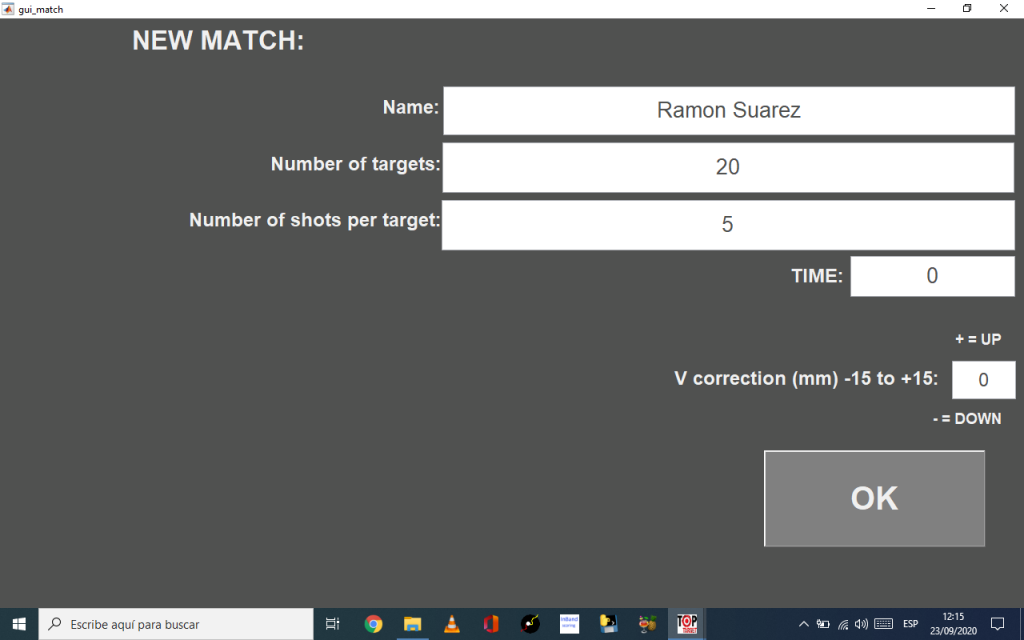
This is where I had some issues because of the way I train: I don’t know how many shots the session will have before I have contracts to fulfill in the less shots possible and many times there’s no limit to some of the exercises. So what I did was to choose a large number of targets and then press quit.
Default sighting shots number is limited to 10 per target, the number of targets is not limited. The system will not stop after the 15′ of sighting shots. The maximum number of shots per target during sighting can be changed via the Super User menu.
For both modes you can insert a USB key to take your shots with you if you are at the range. If you do not use a key they are recorded in a folder named USBLIKE. You can also keep the paper targets (I prefer seeing my results on paper, they look tighter than on screens), although if you are shooting at a reduced distance it will not really be helpful.
What you see on your screen (at least at a reduced distance) is not the target itself, but a virtual target that shows the shots already calculated for the distance. I started shooting 10 shots per target but Patrice told me to go for 5 to improve the accuracy of the target and not get any missing shots in case I landed one exactly on top of each other (I wish this happened often and only on tens). PS: target accuracy is under 0.05mm.
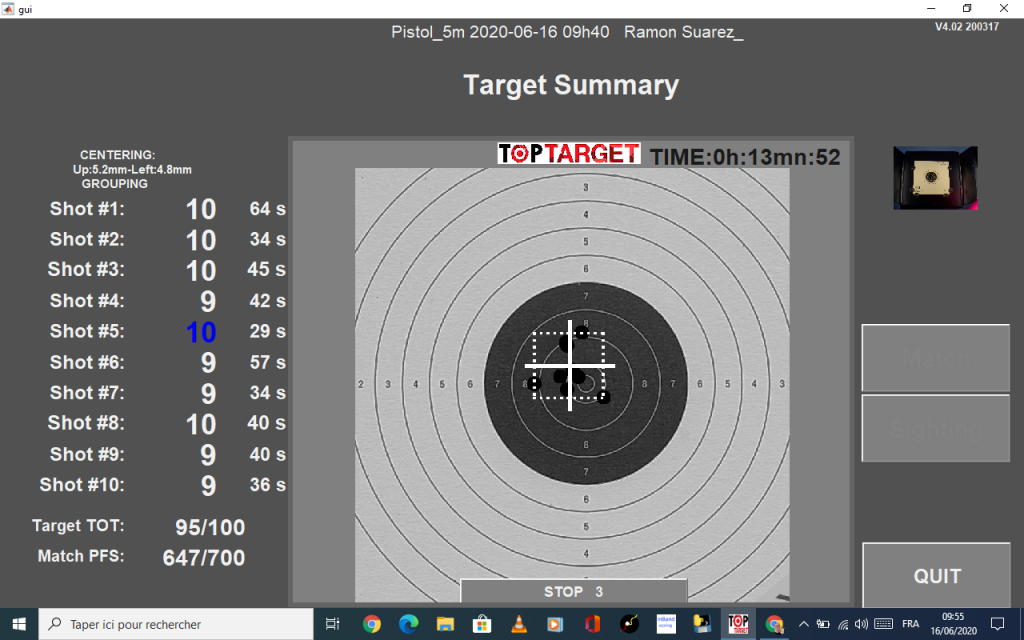
You have a judging mode too that you can use after you are done with a match to see each shot and correct if needed.
The time management of the system is also non traditional: it stops the timer while you change the target.
To calculate the position of the shot the software takes into account the image in the camera and then does some trigonometry math magic to translate that shot into what it would have been at 10m (the image you see on the screen). A perfect ten on the rifle target will show up about 5mm under the center of the virtual pistol target (per design).
The format of the recorded matches is easy to see on your browser but not easy to share (html pages), so I had to make Word documents to share results with my coach. You can download one of the documents I made here:
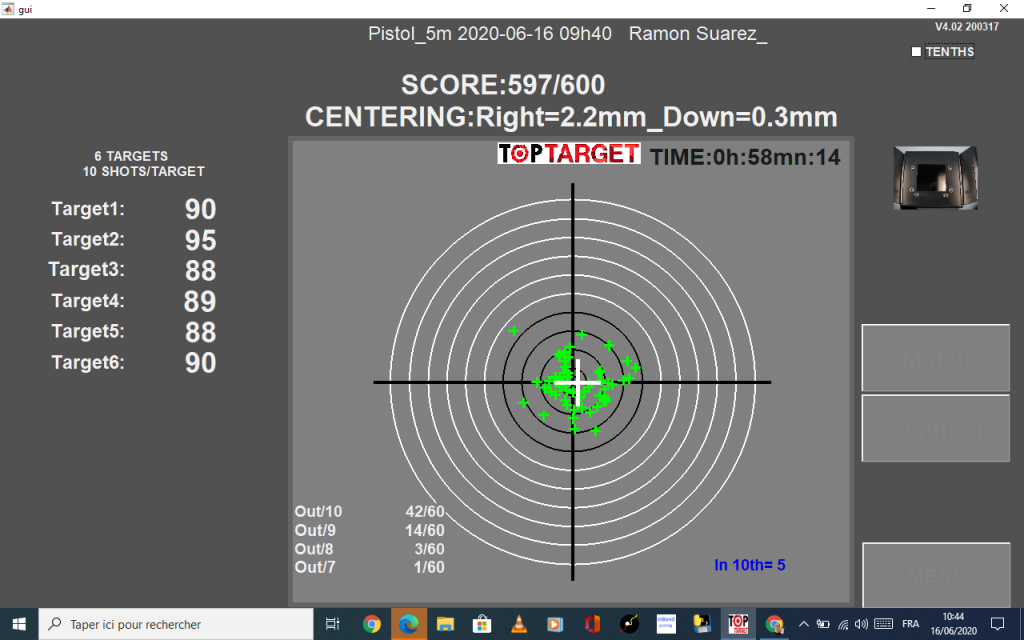
This is what the match end screen looks like. Disregard the total score on top, there was a bug that has been corrected and gave trouble when quitting a match mid target. 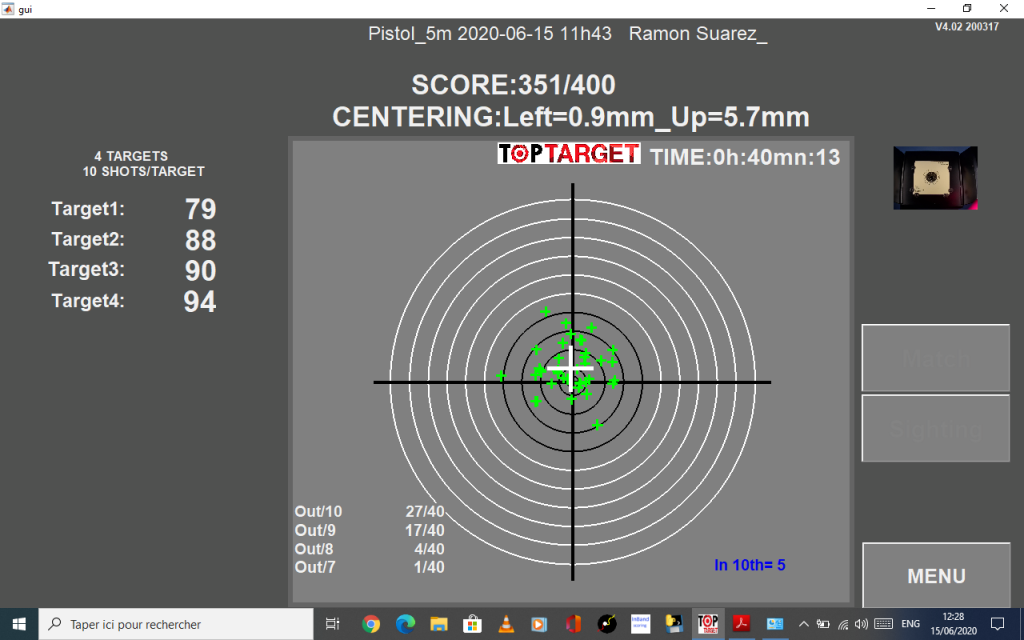
The results display without issue now! 🙂
If you want to see all the results of my tests sessions, you can download my USBLIKE folder. You don’t need to install the software to open the files as they are mostly web pages and images. You will also find among these files text and word documents with each shot recorded:

I really appreciate that the shots are recorded with decimals always (easy to remove, hard to figure out).
The target is well lit. There’s no option to change the intensity but I did not need it either.
Using the Top Target System Stand Alone electronic target was simple and got better after learning that the shots are lower on the paper target than they are displayed on the screen’s virtual target. Because of the way I train and my habits of shooting on other electronic targets I found that we were not a good match.
Manuals
The manuals included are extensive and come separated to make them easier to use:
- Unboxing manual.
- Installation manual.
- Quick set up auto mode manual.
- User manual.
- Super user manual.
They came color printed and also come included as PDF. Both are applicable to the 10m and 50m targets, as there’s only a change of discipline and not of how the software works.
Improvements
Patrice (the engineer behind TTS) has been very reactive and helpful and pays a lot of attention to detail. He has corrected bugs I reported (like the one that did not take into account the shots on non finished targets when clicking on Quit), investigated the issue with the mix of targets, and been very patient and didactic.
These are some improvements that I think will be helpful from the perspective of an ISSF 10m air pistol shooter (myself):
Must haves
- Printing and PDF of the results, also of aborted sessions (included in the road map of development).
- Manuals and software available for download on the TTS website.
- Not having to enter the number of targets you are going to shoot in match mode (a short of unlimited mode) that I can stop and have the results as a match.
- Changing between full points and decimals while shooting.
- Sum of points in the series and since the start of the match/session.
- Results for the current 10 shot series on screen.
- Clearer scores. They are confusing as they stand and have too much data that will distract shooters. The shot number for the shot should be displayed instead of for the number in the 10 shot virtual target (eg: waiting for shot 48). I find that including the maximum possible score is too distracting and that with the current layout there are too many calculations to make. Calculations take us away from the present and indice bad shots.
- Make an English version of the website and manuals.
Nice haves
- Installer to move files in the appropriate folder of the disk and to download the right Matlab version.
- Use a program folder without version number in its name so that future updates will all be in the same folder and that the links will work even after updates.
- ISSF competition presets to launch competitions with the official timers (including sighting shots).
- I find the screen too full of information that is more for debugging than for the user. It would be nice to have a distraction free mode that could be turned on and off directly on the target screen, where the small picture that displays the image of the target is removed among other things.
- Change between decimals and whole numbers while shooting (in the road map too, the tick box is already on the screen but has no effect).
- An option to remove all sounds, which can be distracting.
- Keep the target displaying the last shot after a change of paper targets and don’t switch to show the new target until a new shot has been detected (you can do this with a button now).
- Unlimited shots on sighting mode, like in auto mode. You are just sighting, so no need for a final score and to have all the shots represented on the screen at the end, just the series.
- Set up for different distances between 5 and 10 meters, although 5m fits me perfectly. I understand that this would create a problem of not being able to buy targets for custom distances, but they can be printed at the right size using this calculator.
- Competition software for clubs that have multiple targets.
- Record the shot data in spreadsheet format (like csv) and not just text formats.
Price
The stand alone model sells for €999. There’s an option for fixing the target to the wall for €59.
The model for clubs that works with their target carrier retails for €979, with options for competition lighting (€215), and electric target carrier €175 when ordering with the target).
There’s an option to monitor 4 targets via wifi for €285, but no competition software.
If you need a computer, the refurbished models they sell with everything installed are €349 for the portable computer and 448 for the desktop (including screen).
Evaluation
The Top Target System electronic target for 10 and 5 meters is a great option for clubs with a majority of casual shooters and for individual shooters that know beforehand how many shots they are going to shoot or who are happy with the auto mode and don’t need to see a summary of the session.
When thinking of shooting ranges and local clubs I can clearly see the attractiveness of the system for shooters and managers. Lets face it, few shooters even keep their scores. They just want to have a good time and conveniently look at the result of their last shot on the screen. And the people running those ranges and clubs would prefer to help people with their shooting and socializing rather than helping them again and again to set up the electronic targets.
Shooting with the TopTarget Stand Alone required a change of philosophy or perspective. This system is conceived for the convenience of ranges and shooters that just want to see their scores on the screen. It offers more than that, but it is mainly geared to the auto mode where people can just change targets and look at results.
As an ISSF air pistol athlete that is training and competing I’m looking for something that will help me compete and train, and the auto mode comes short for me without the final screen of results and target. For the manual mode I don’t want to think of how many targets I’m going to shoot because when I’m training it all depends on how well I do with my contracts.
Since starting development in 2012 the TTS targets have seen a lot of development and I’m sure they will get a lot more. In fact they are about to launch a new target for .22lr at 50m and have already sent an update in the time it took me to test the target and write this review. Patrice is very conscientious and is fully focused on the development of this target together with an associate. It is more than a side project and this gives me hope for the future of the brand.
Have you tried one of TTS targets? Please share your experience in the comments.
